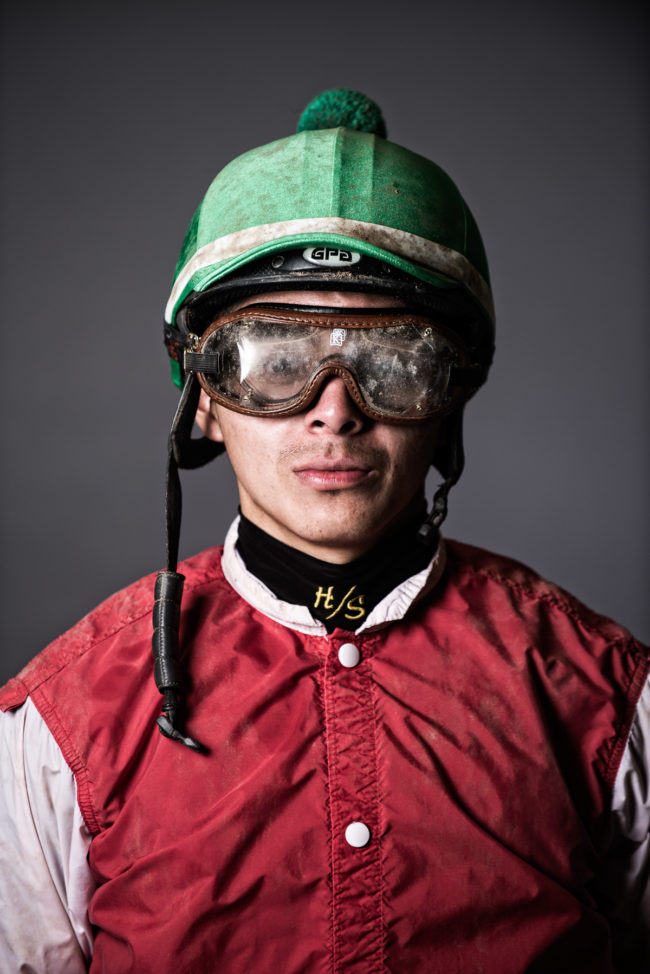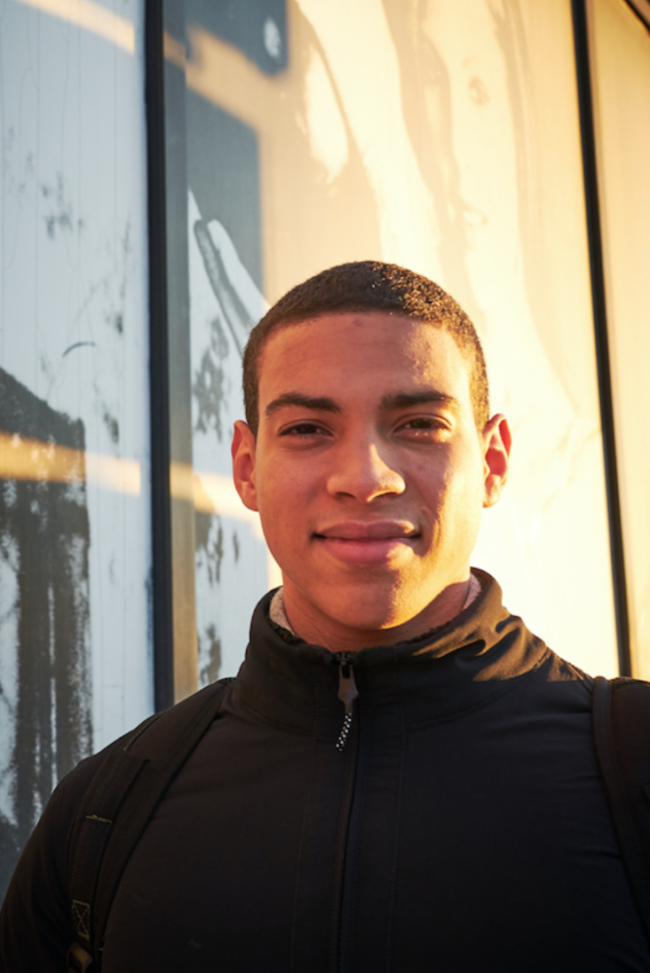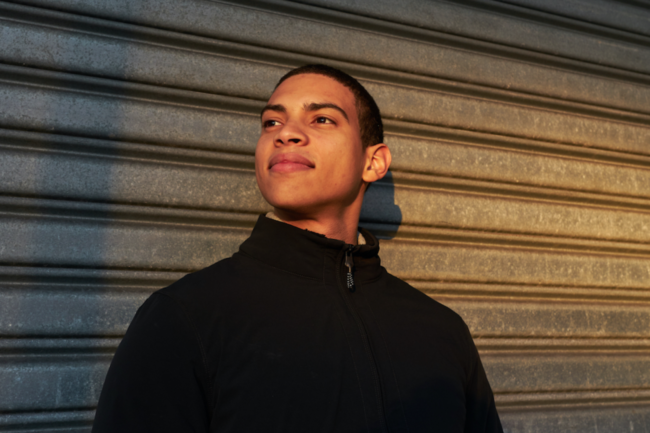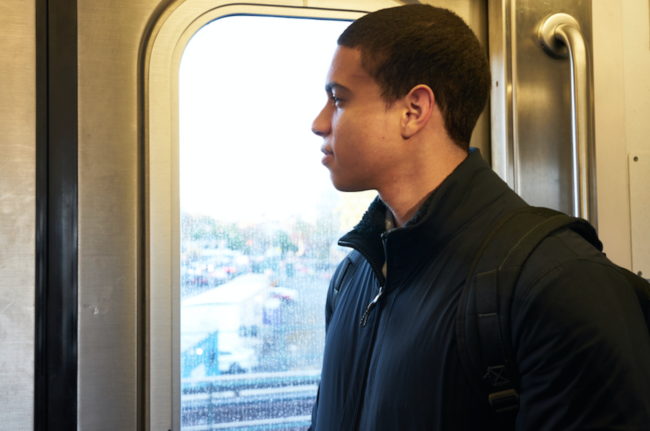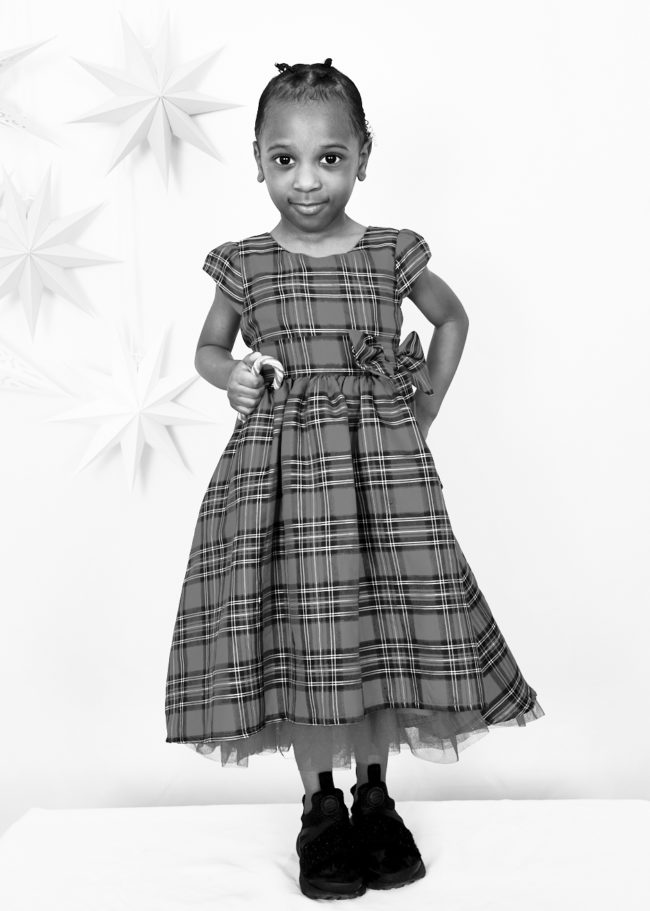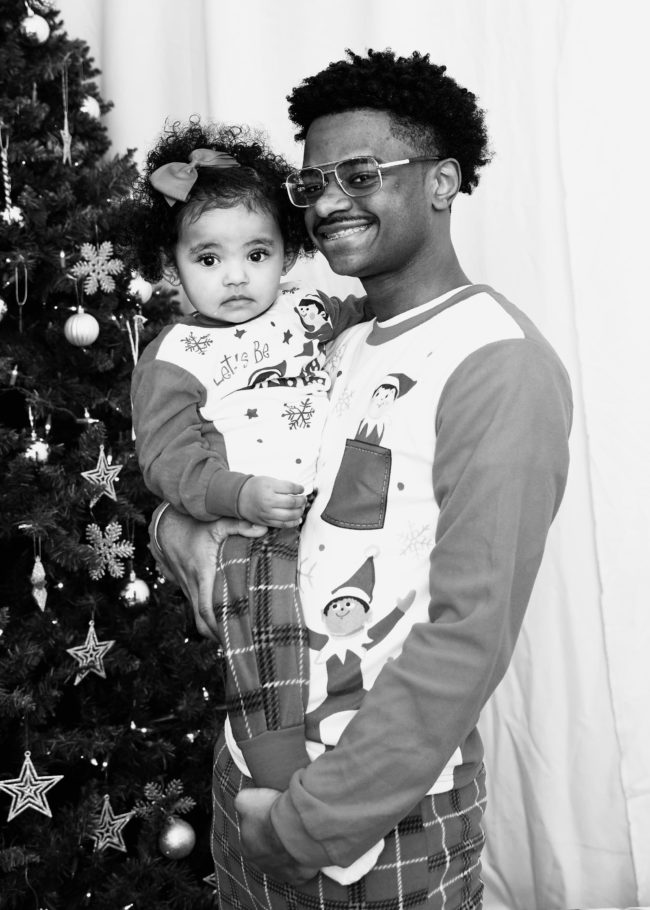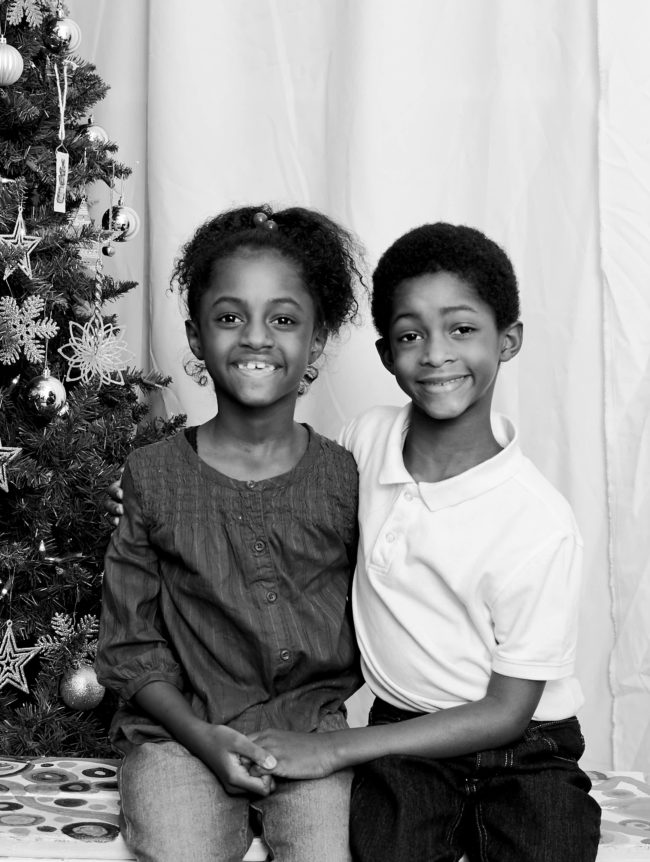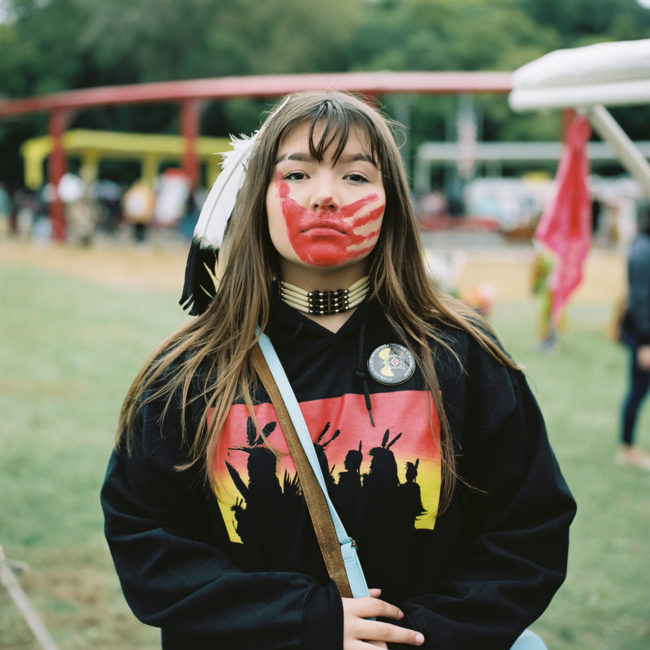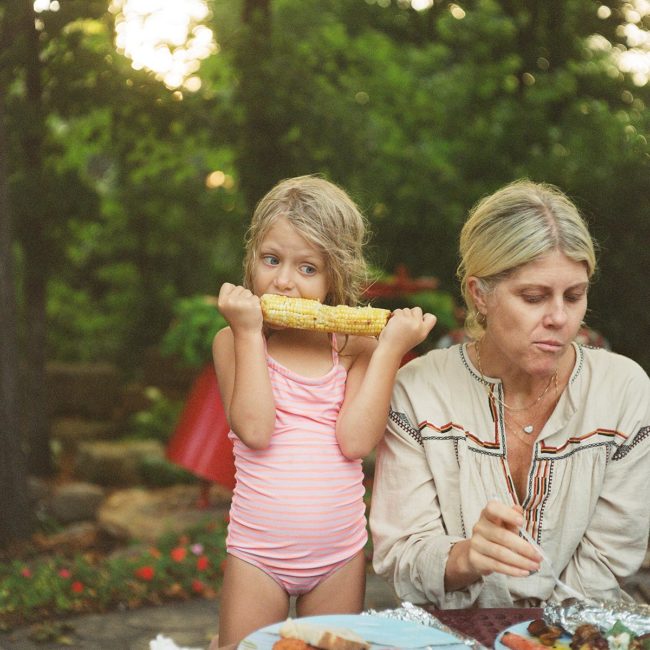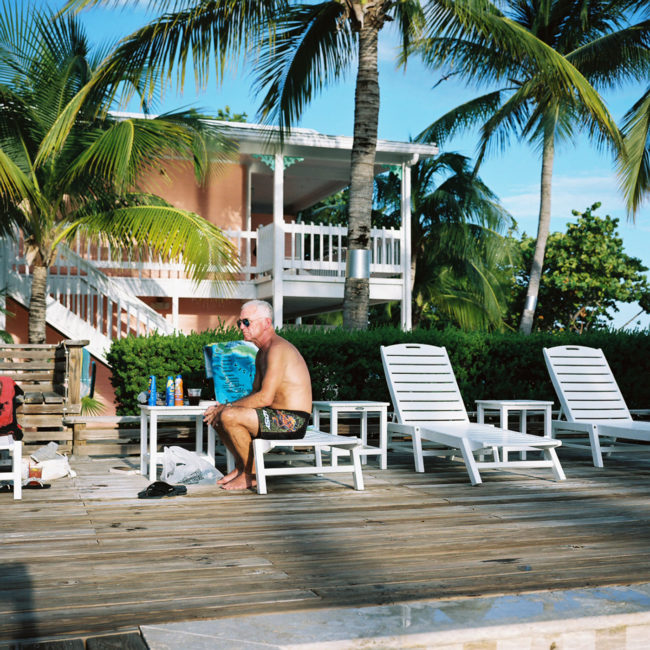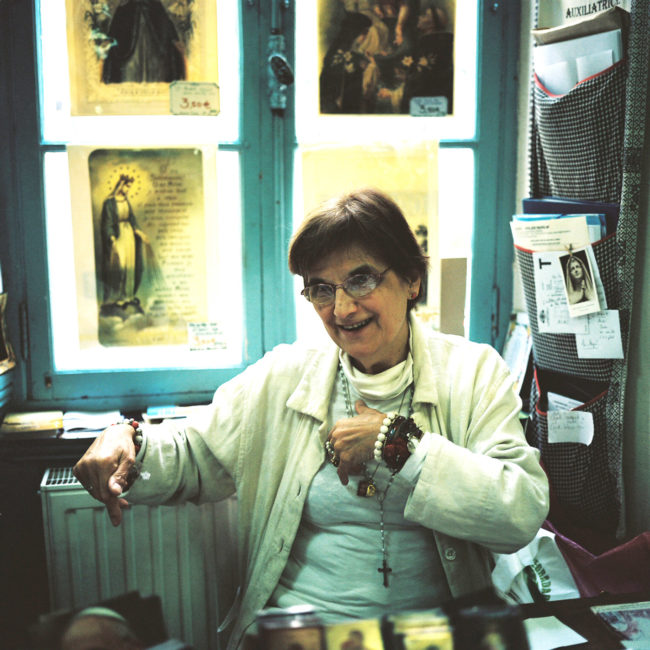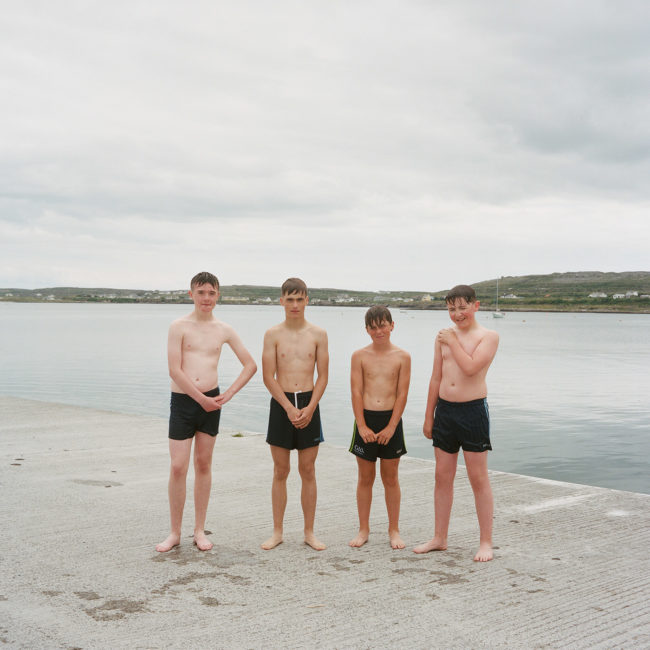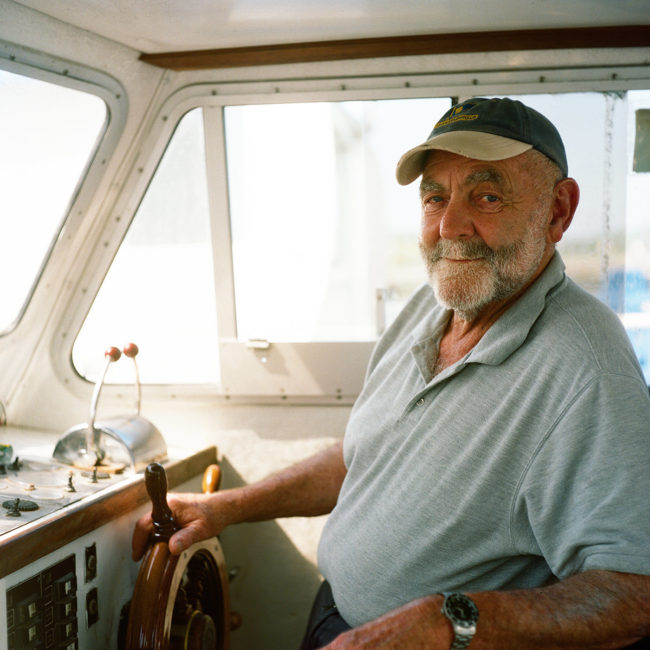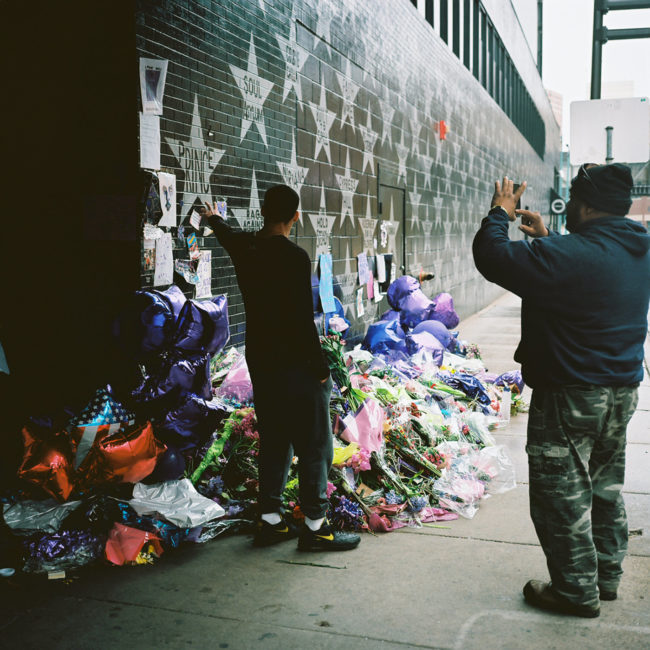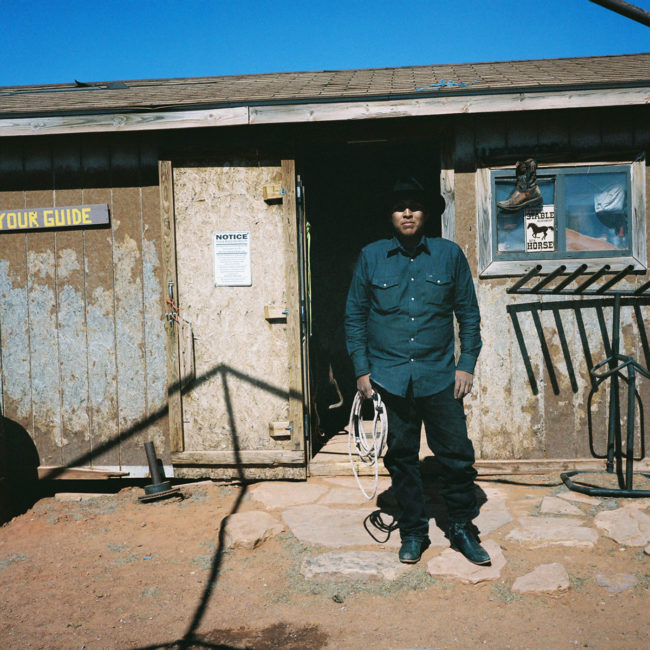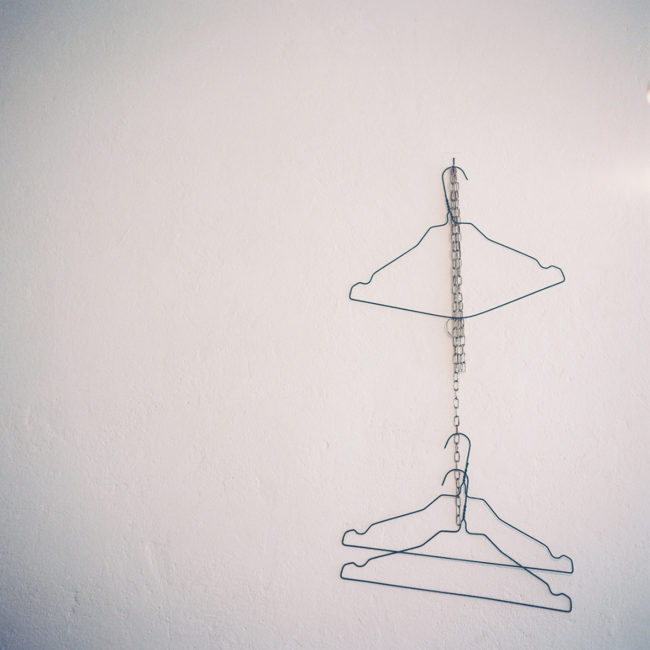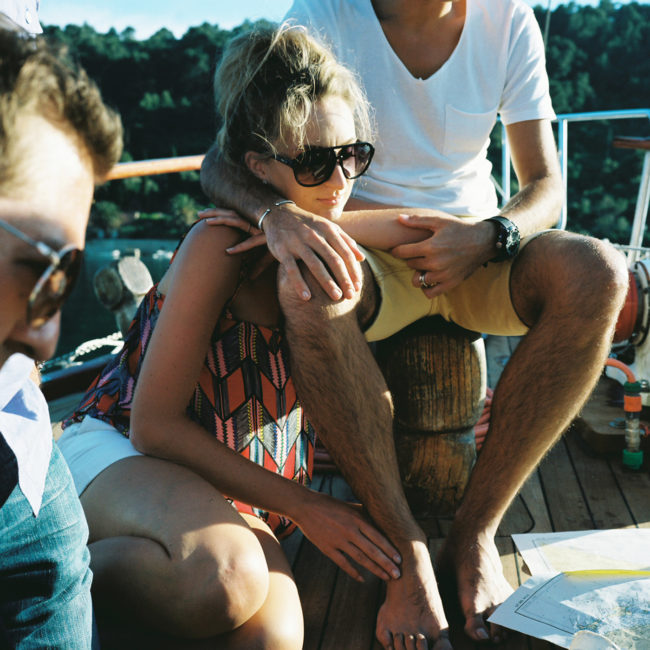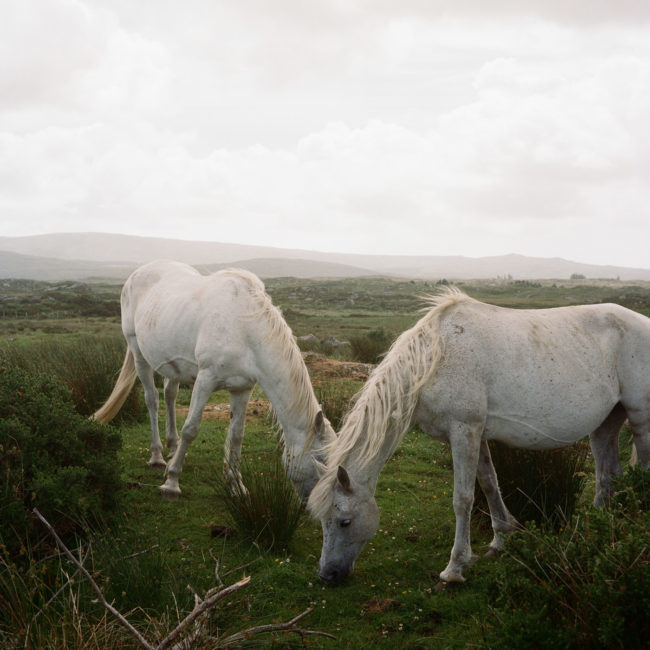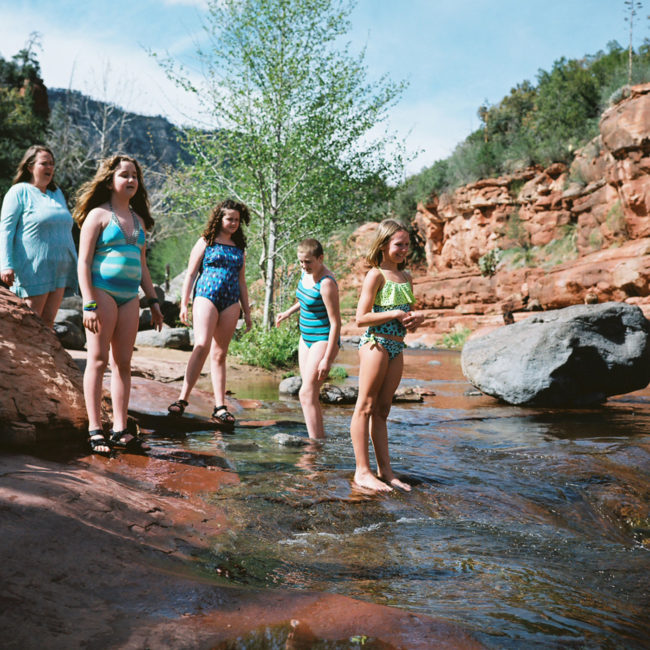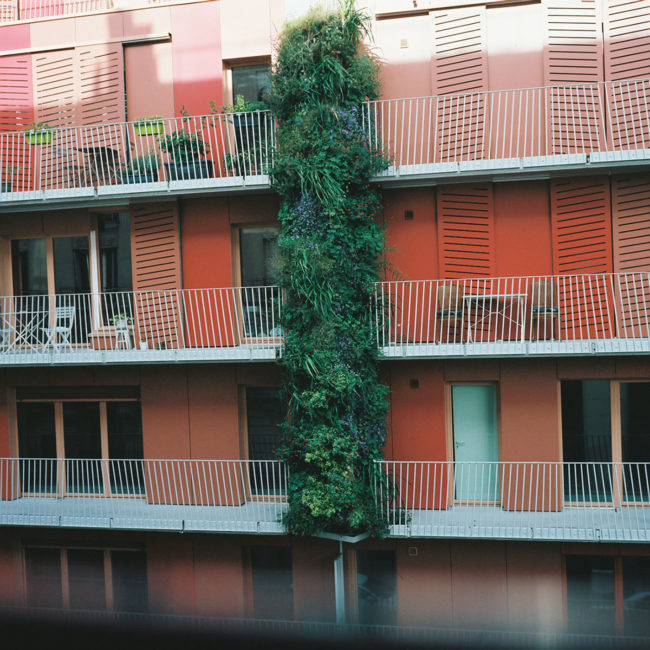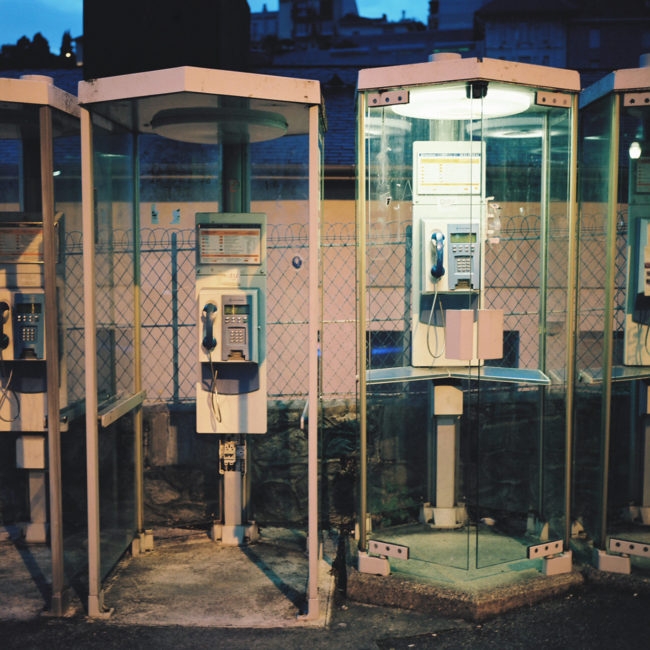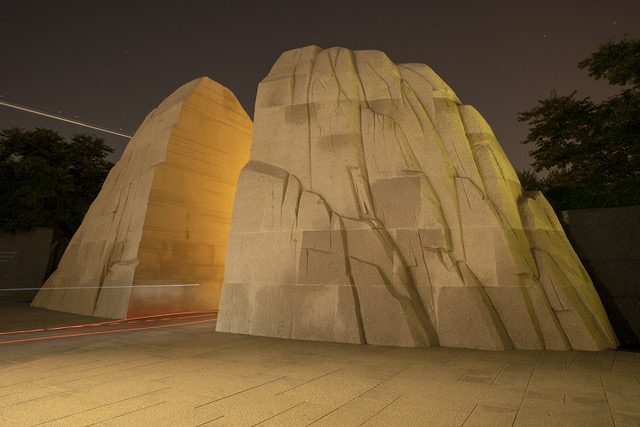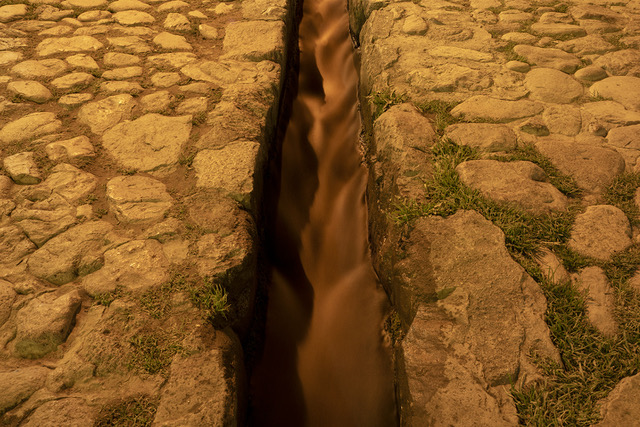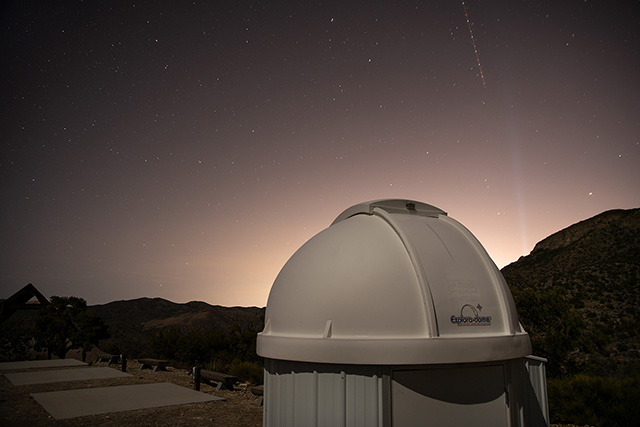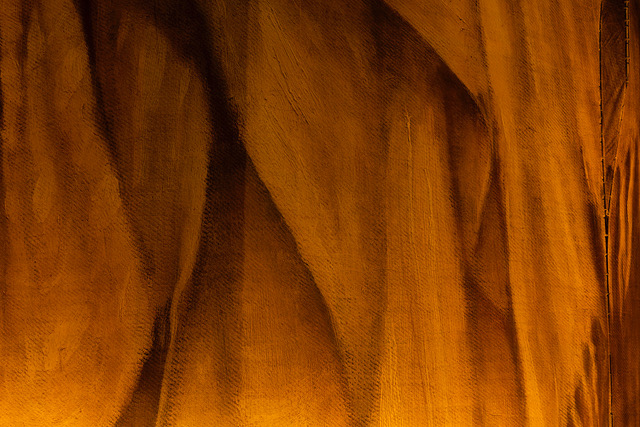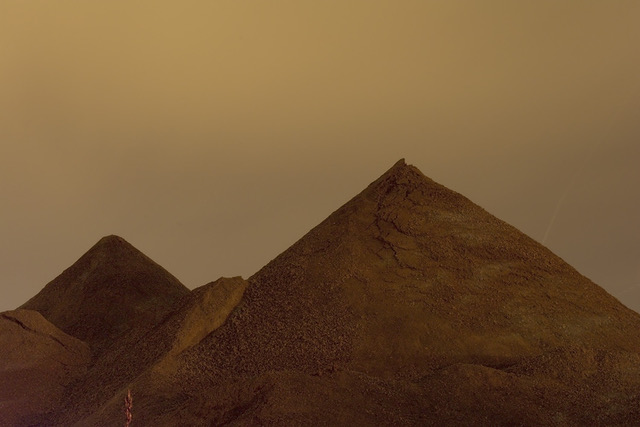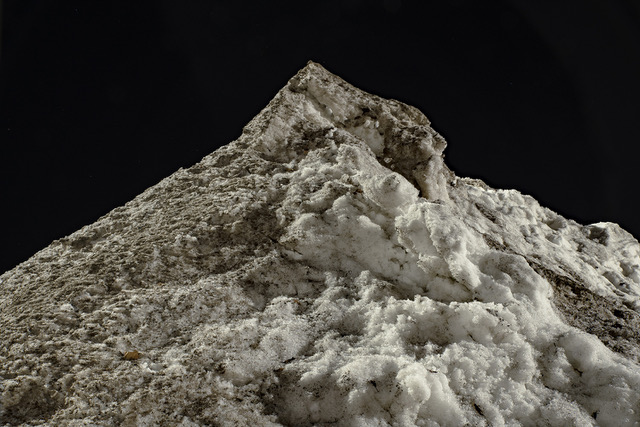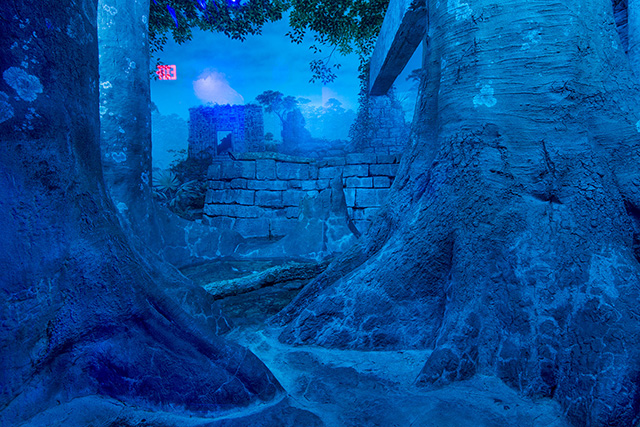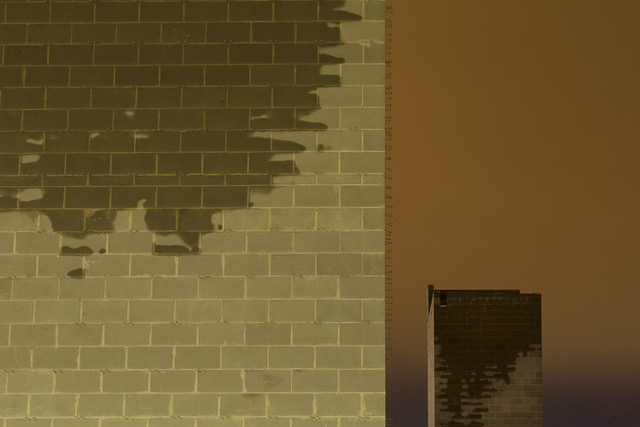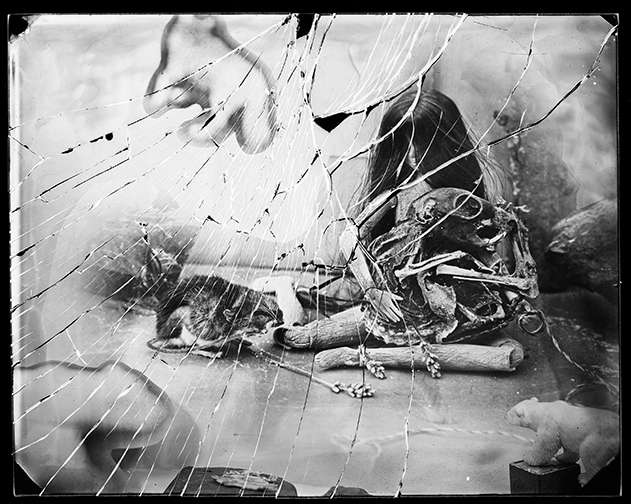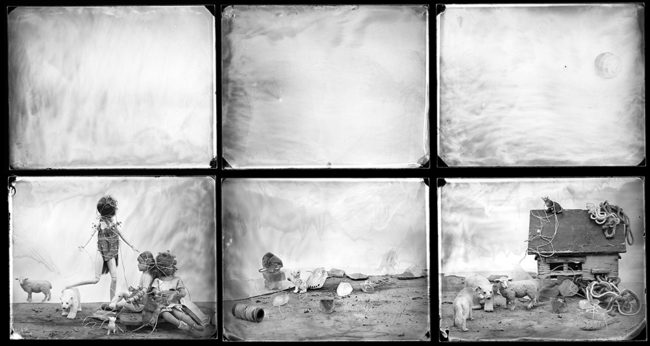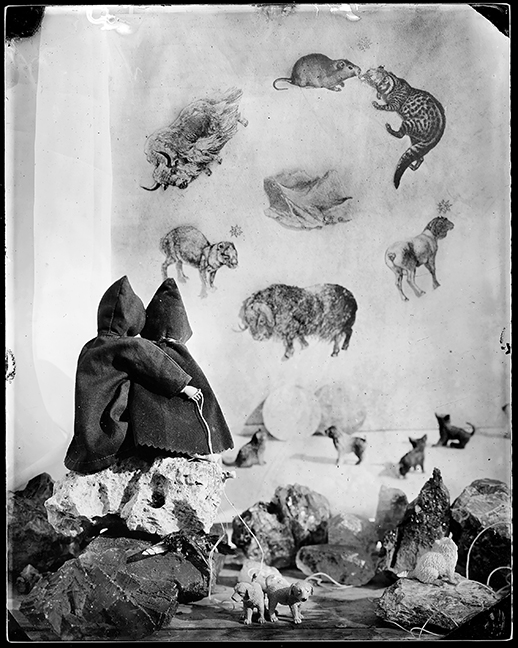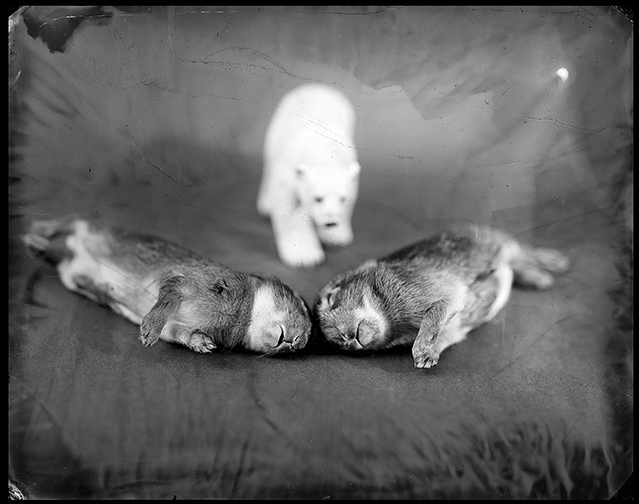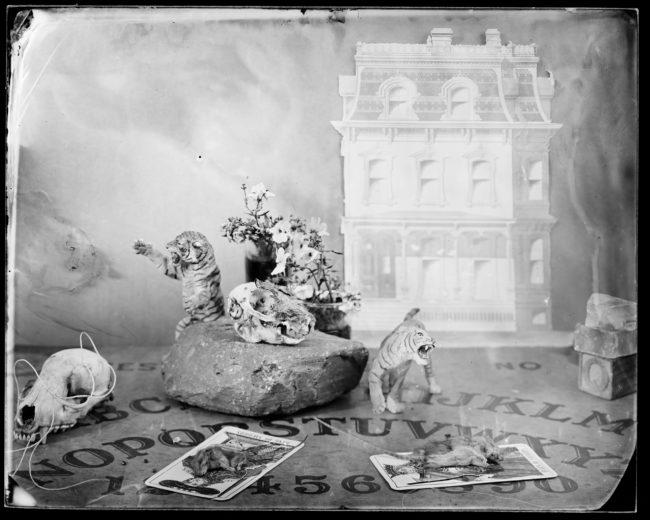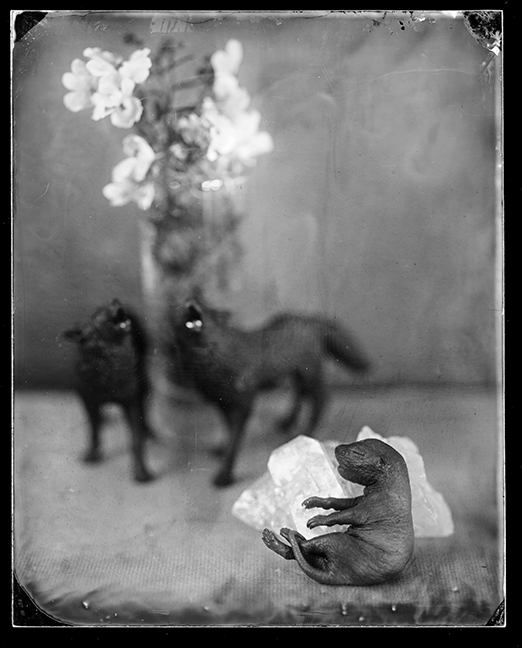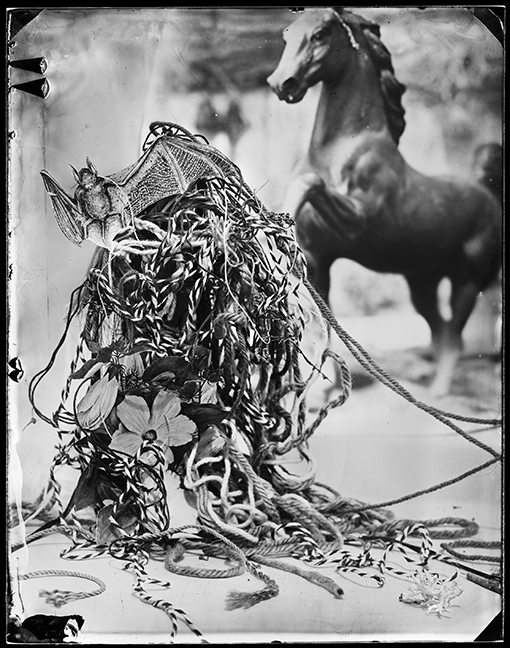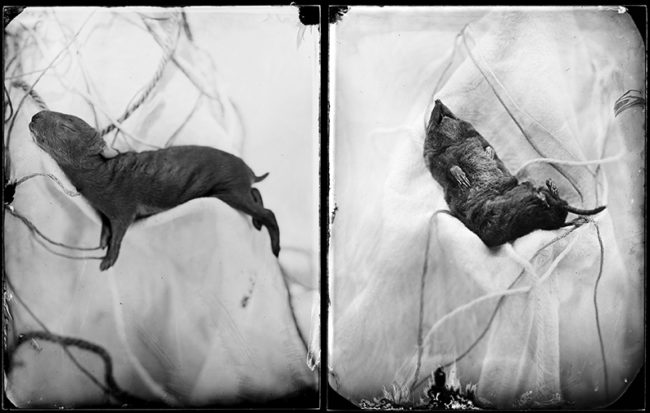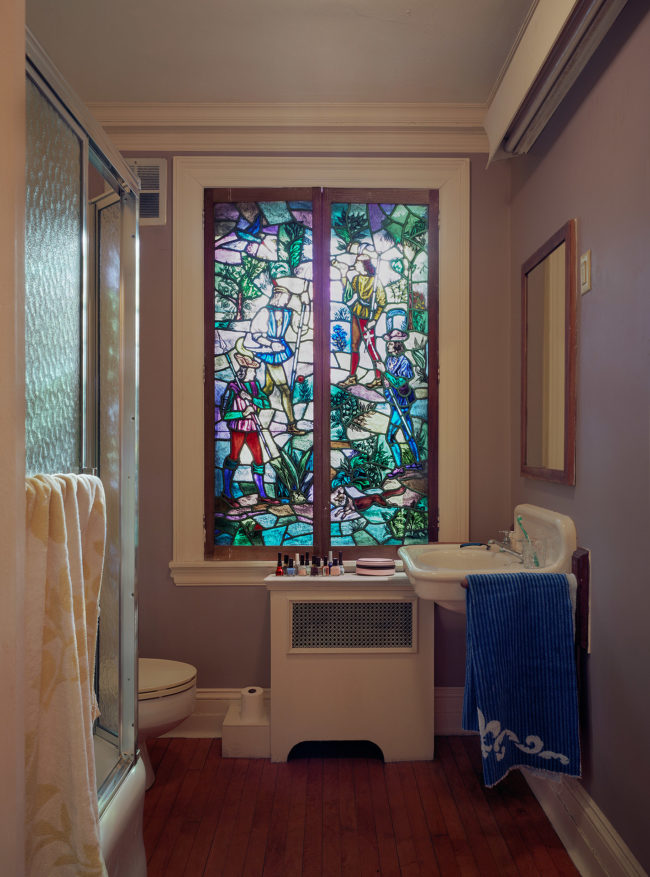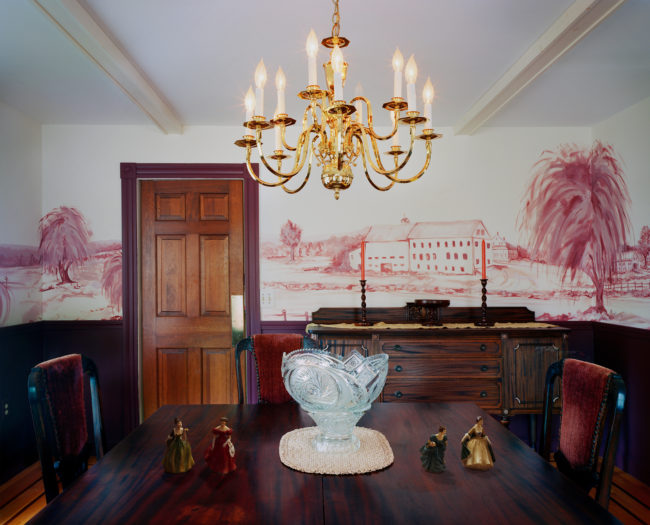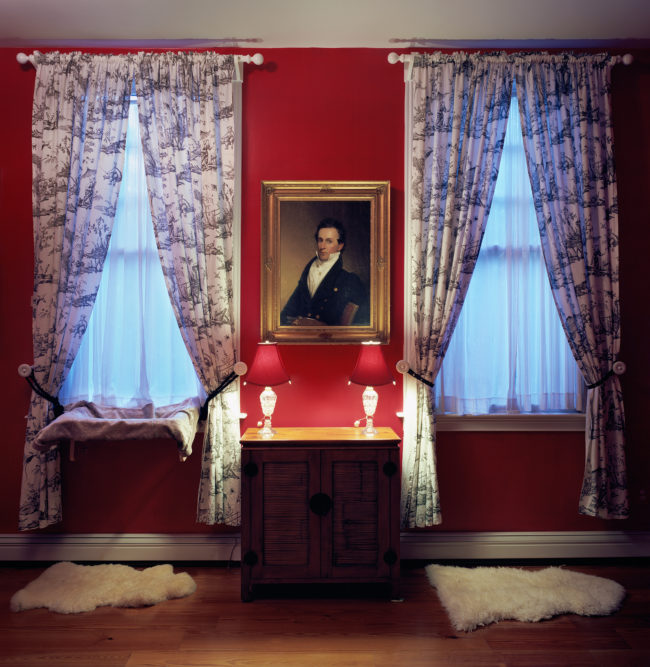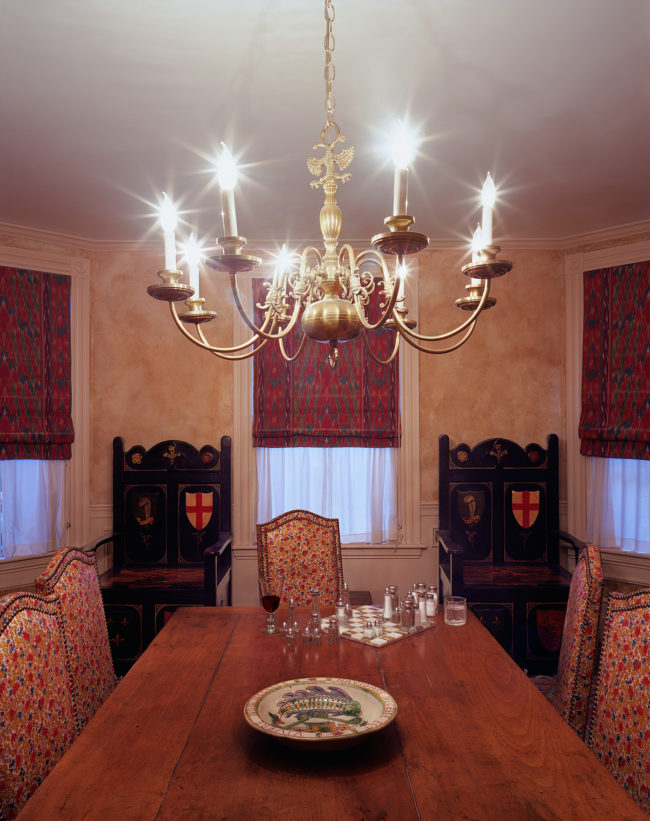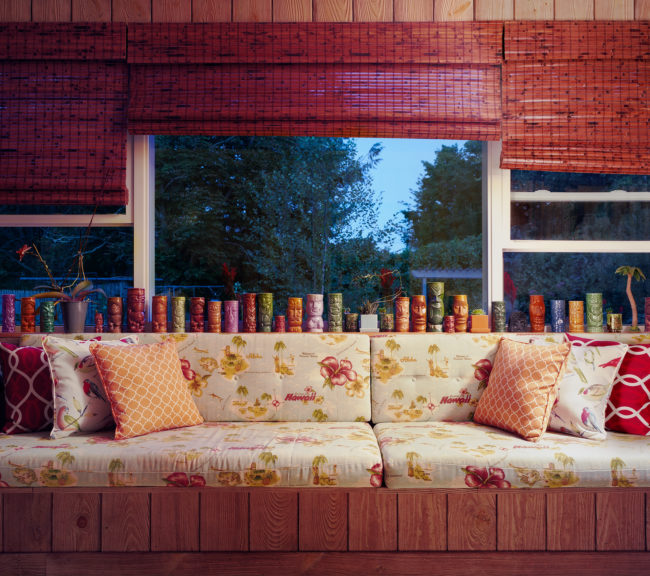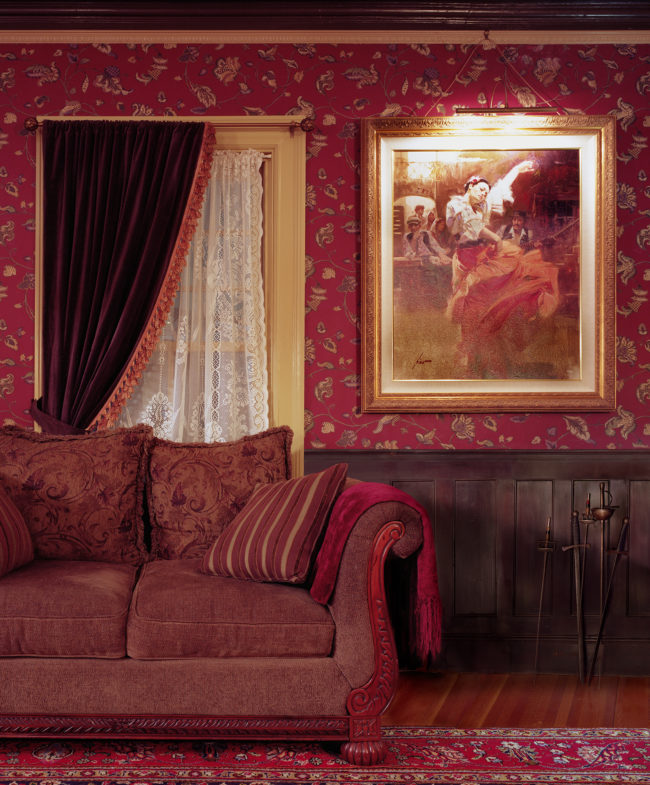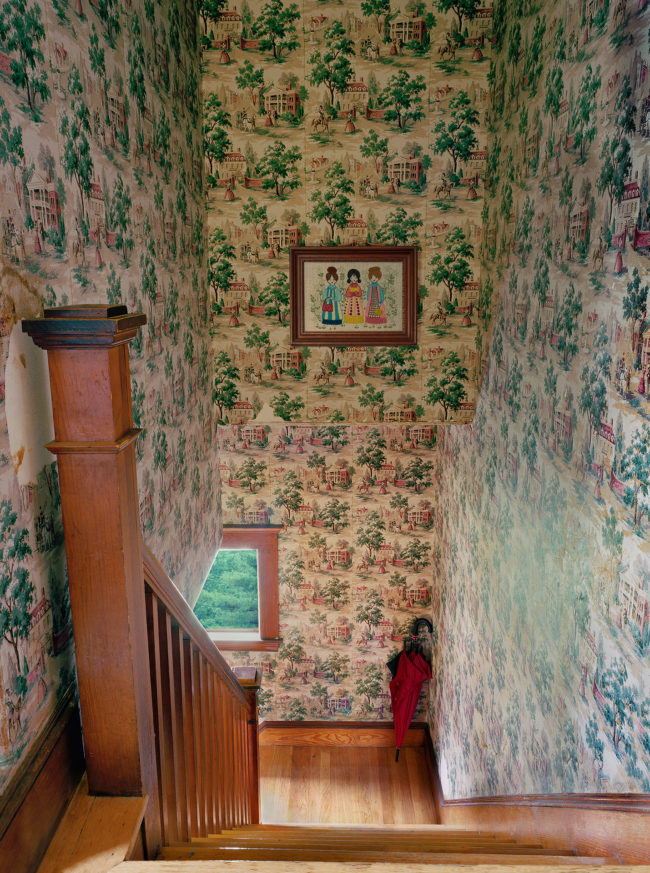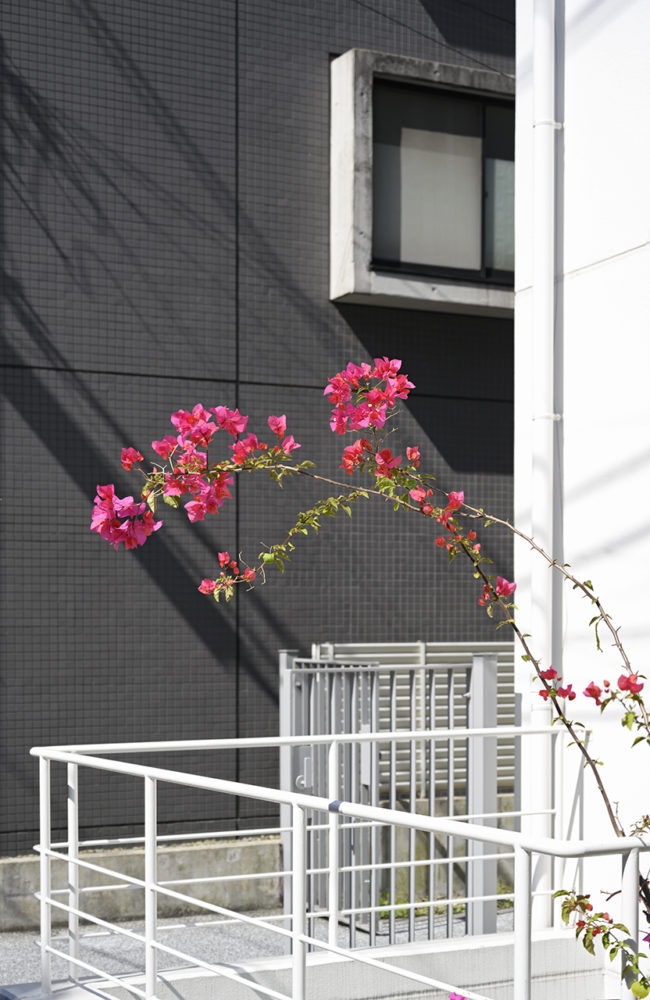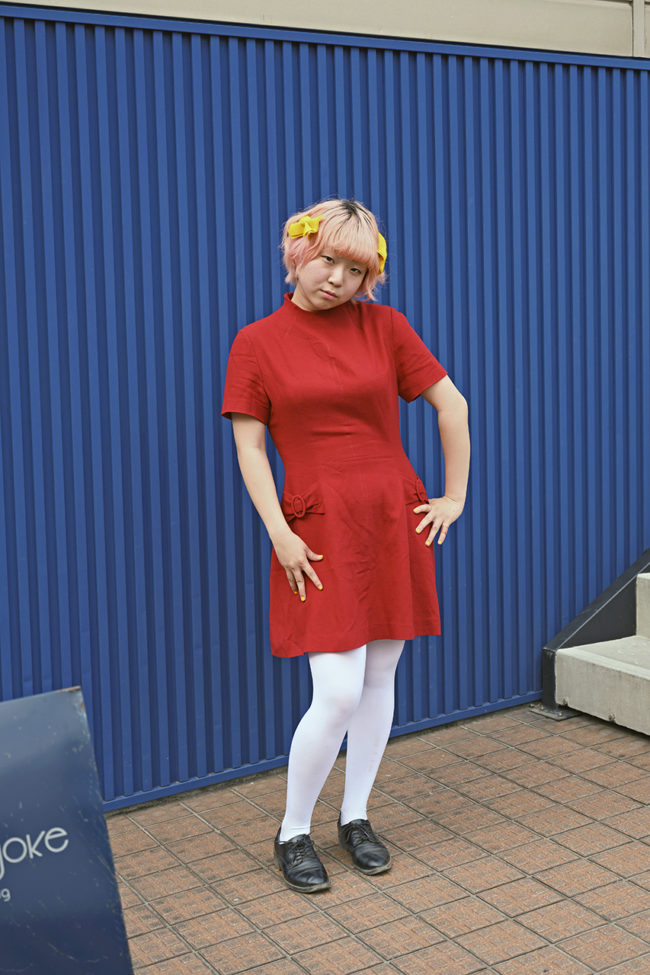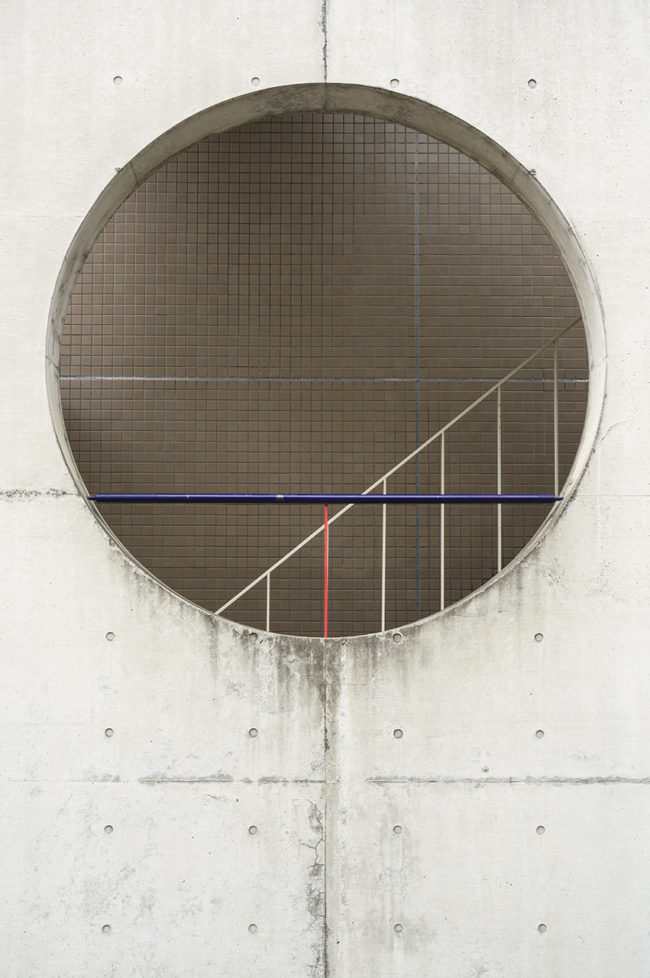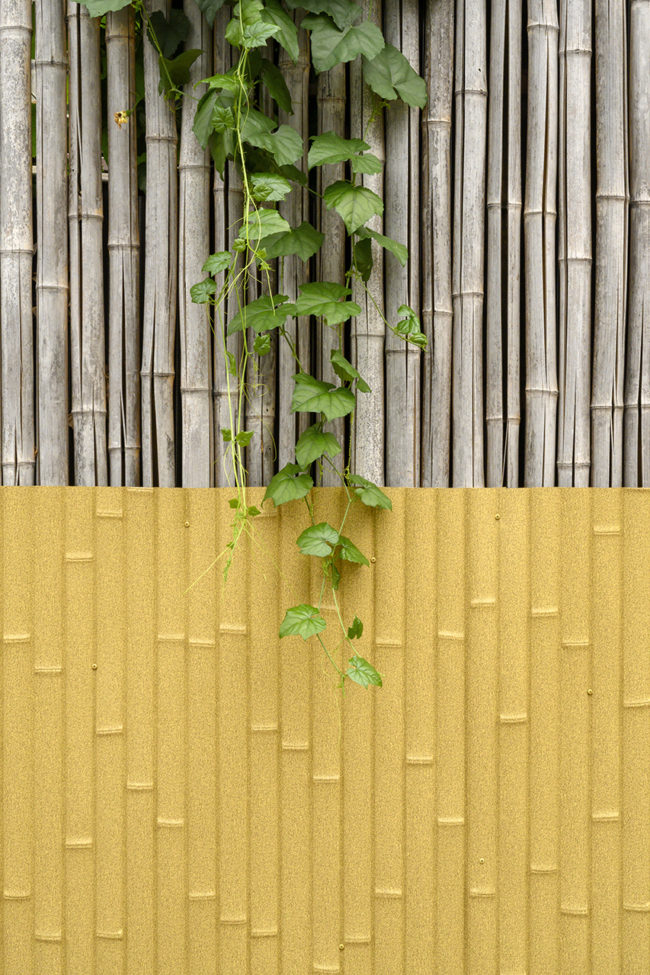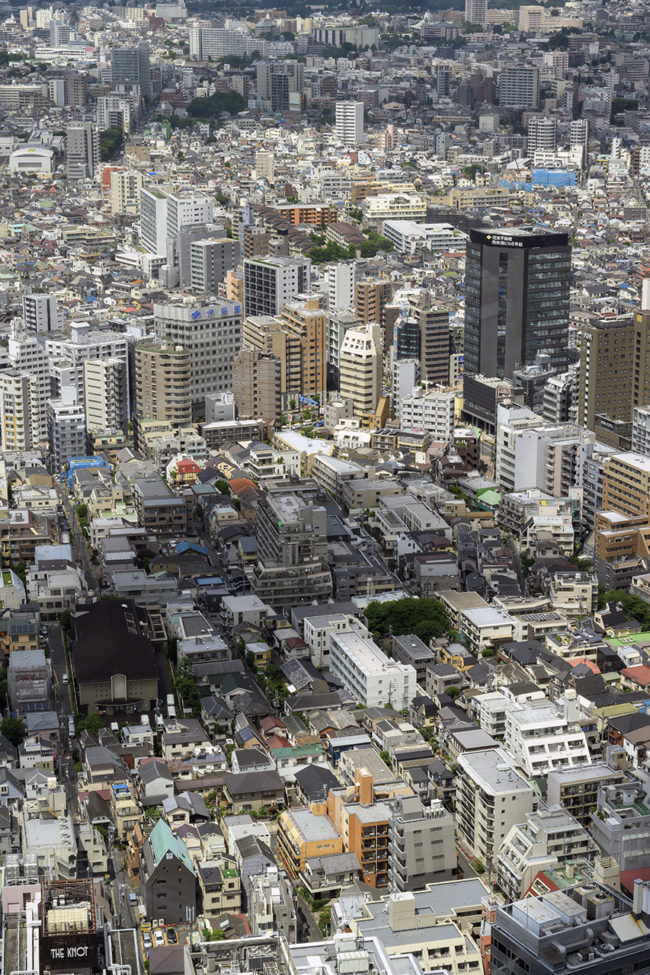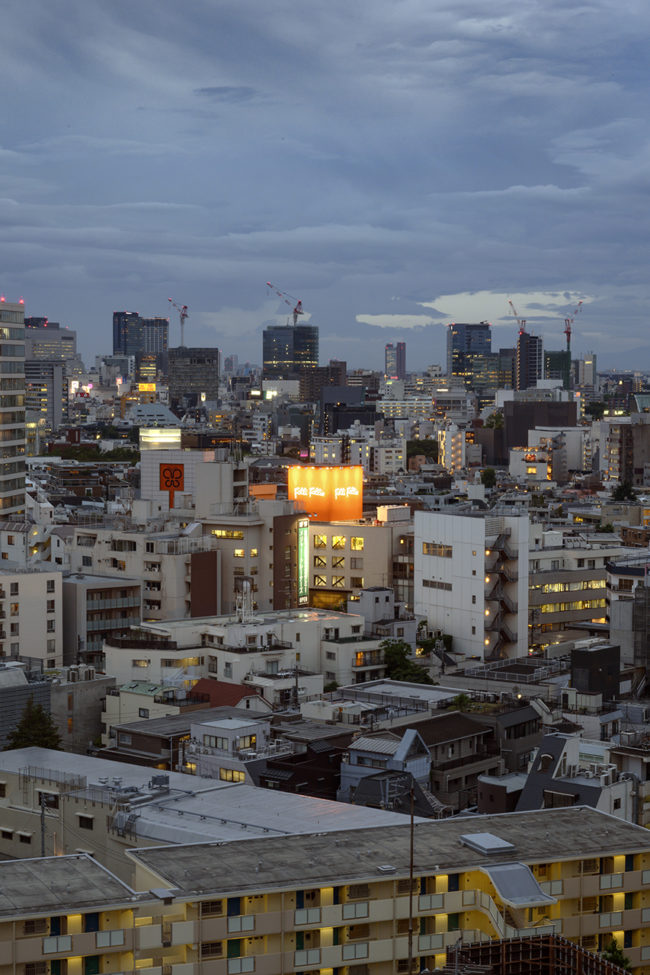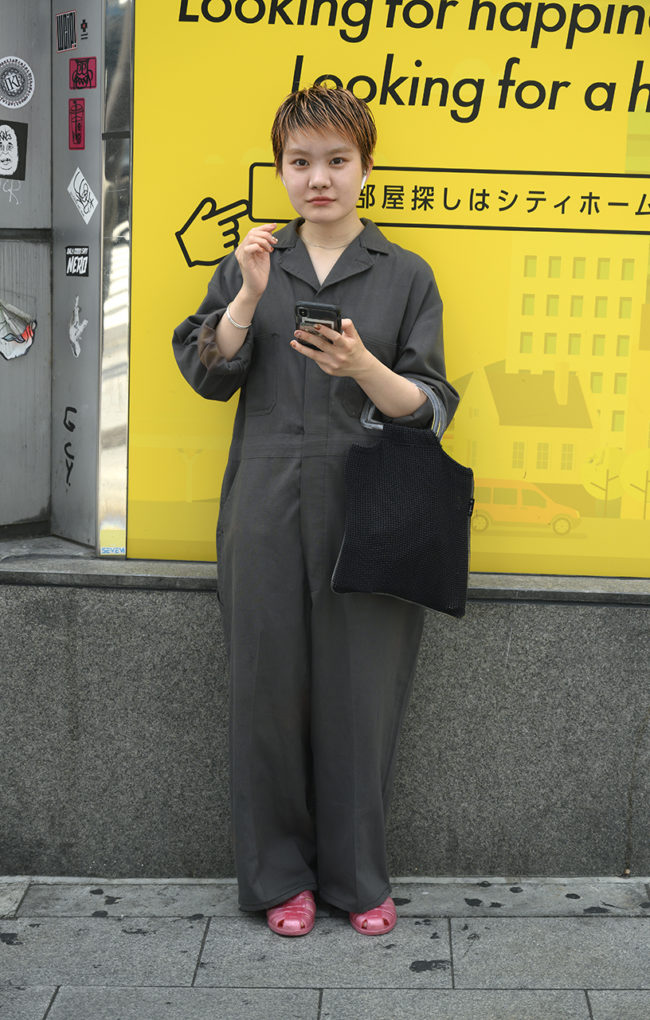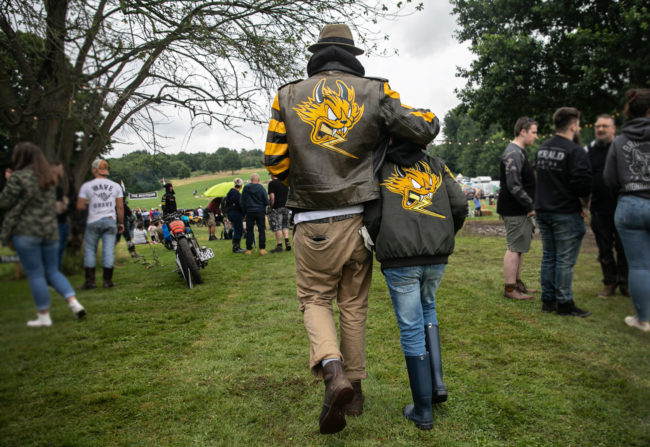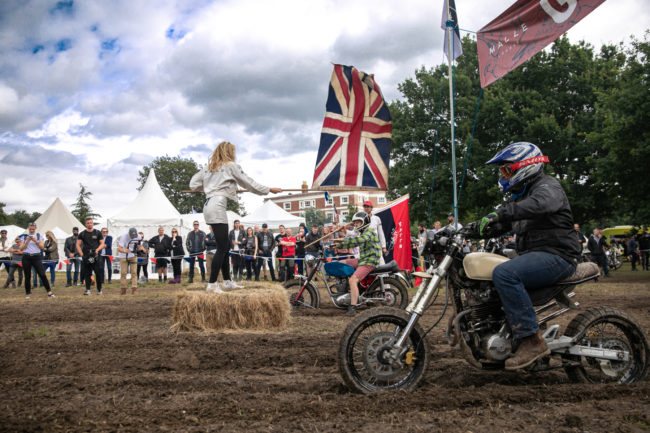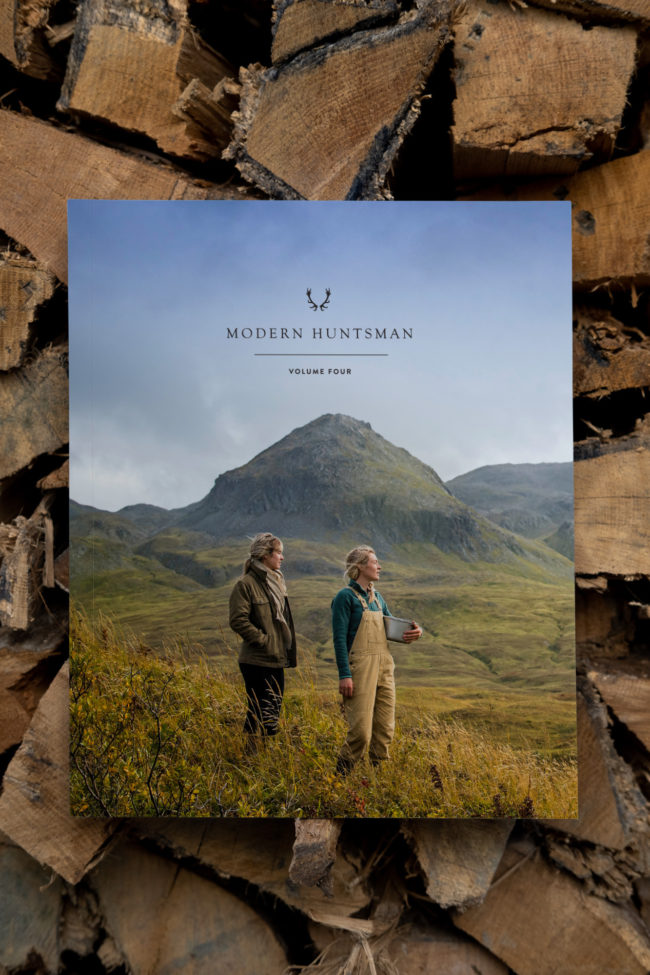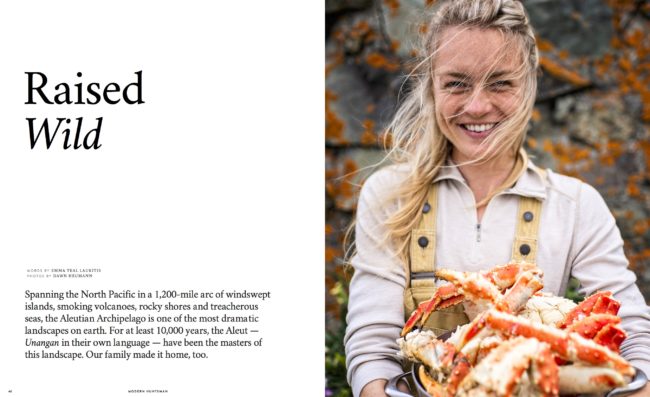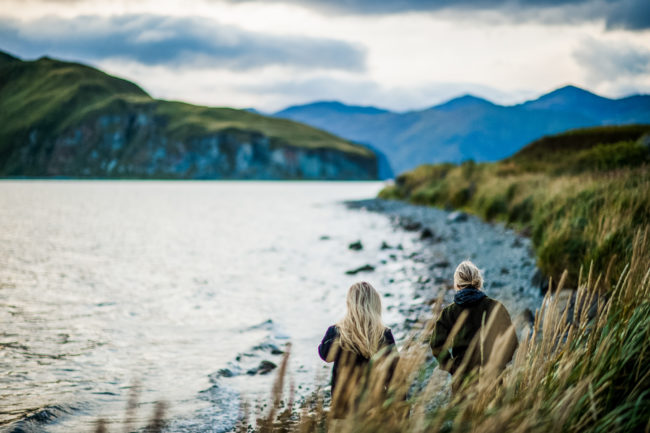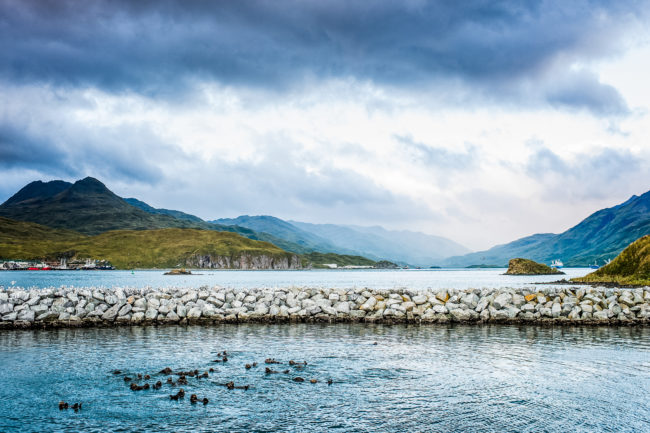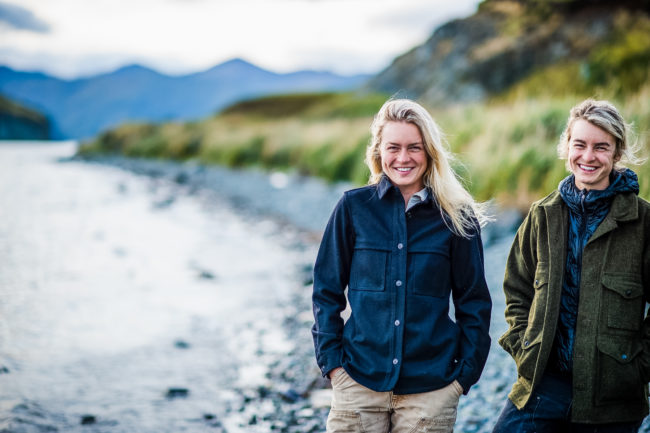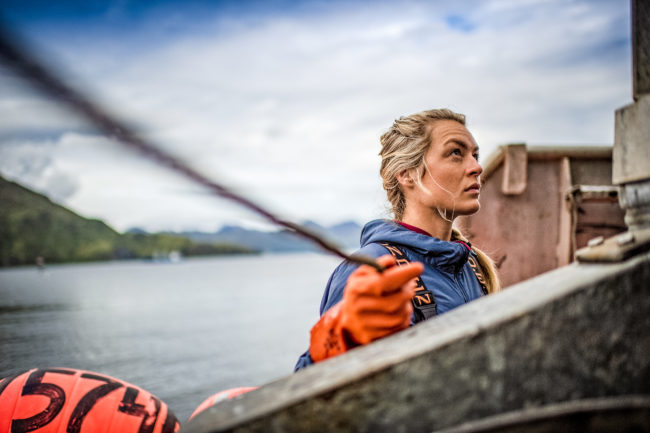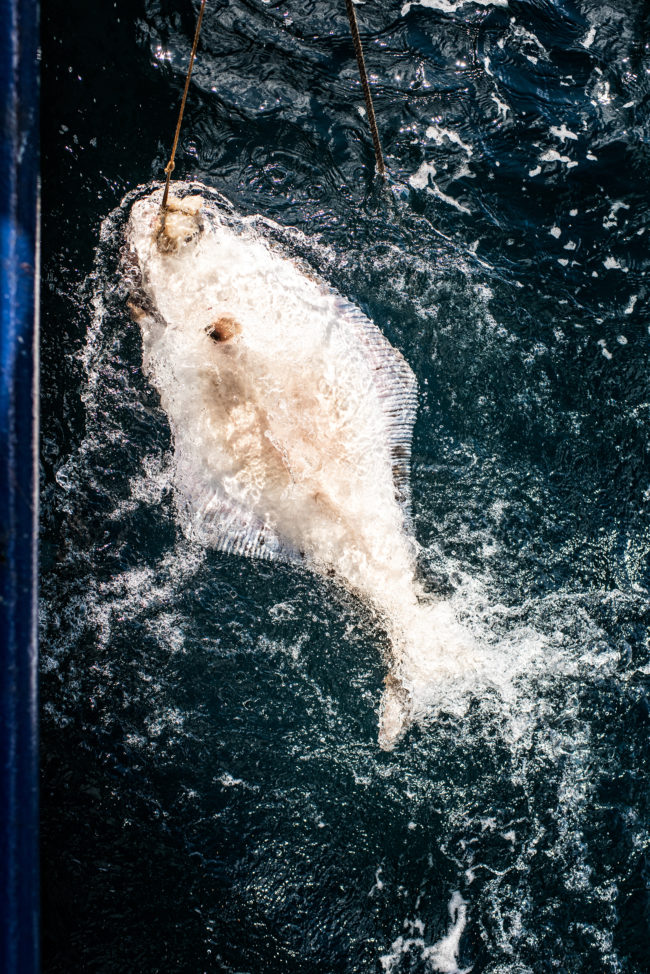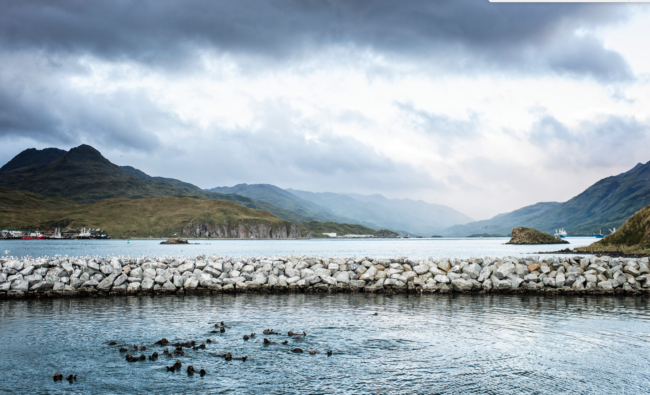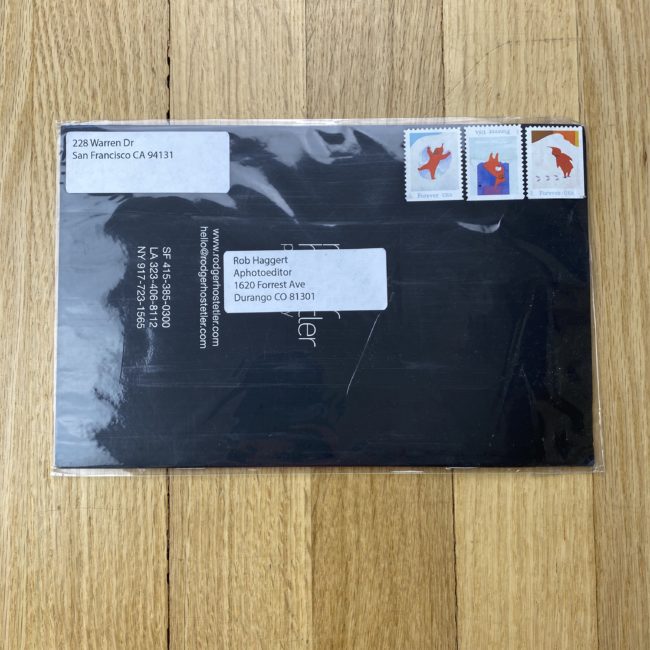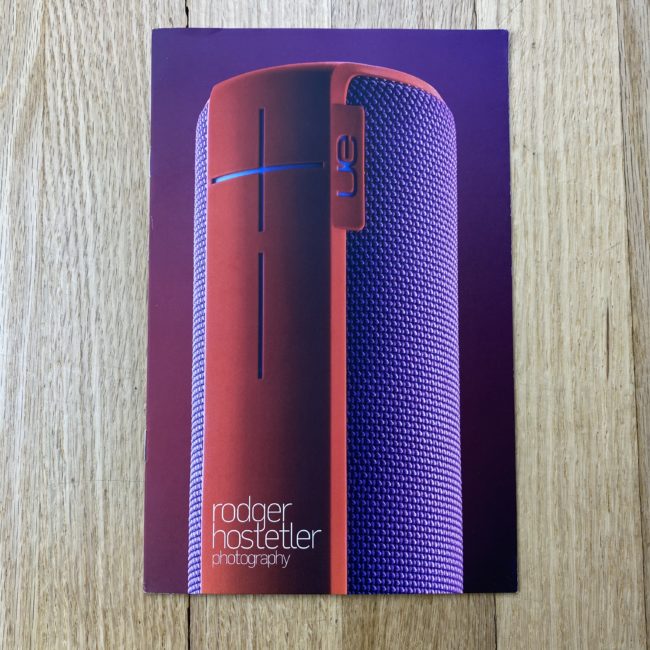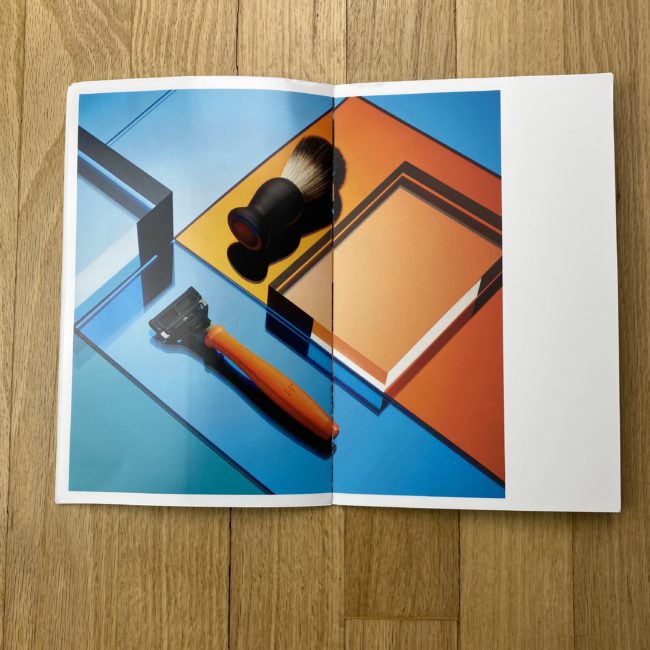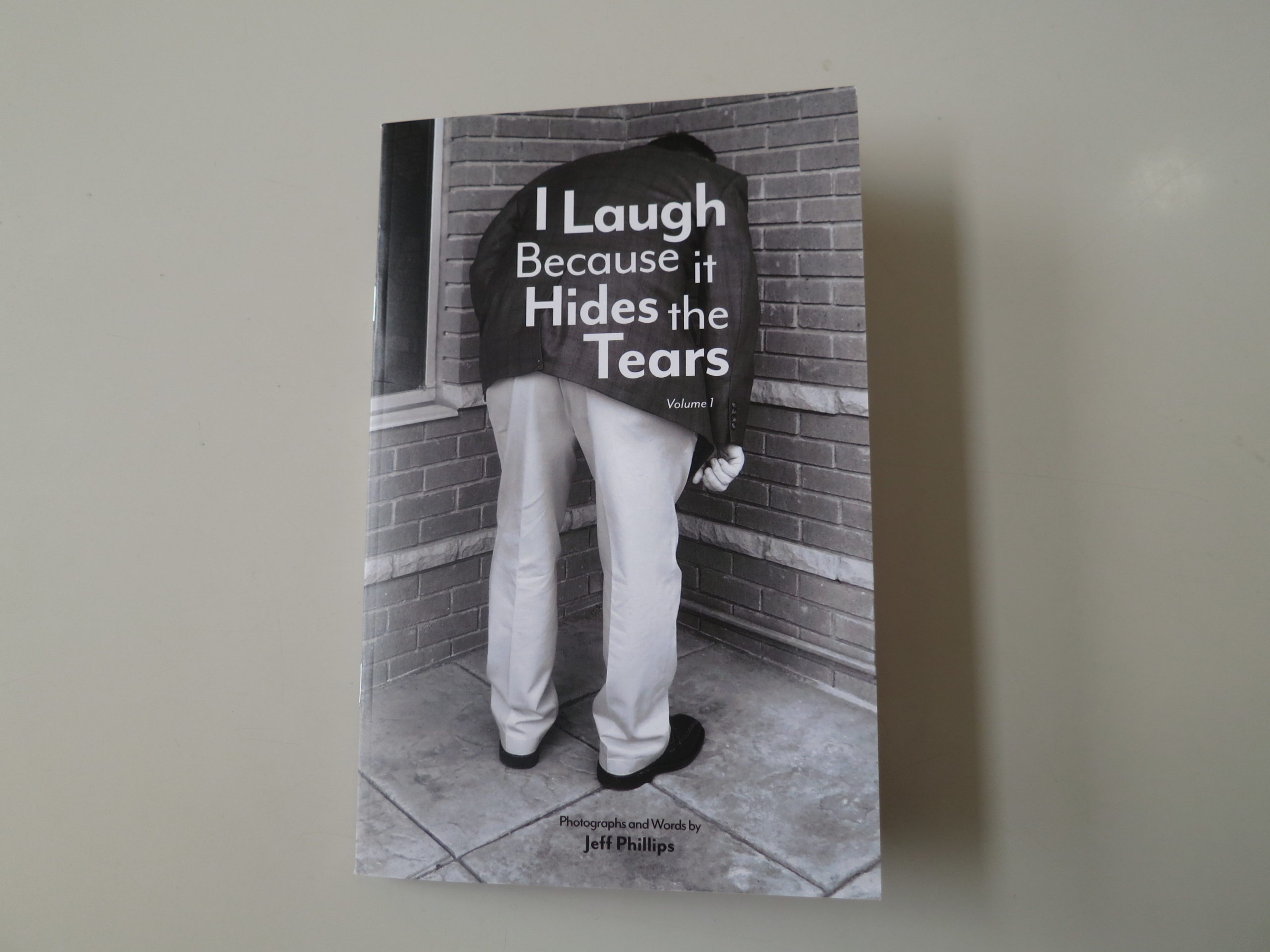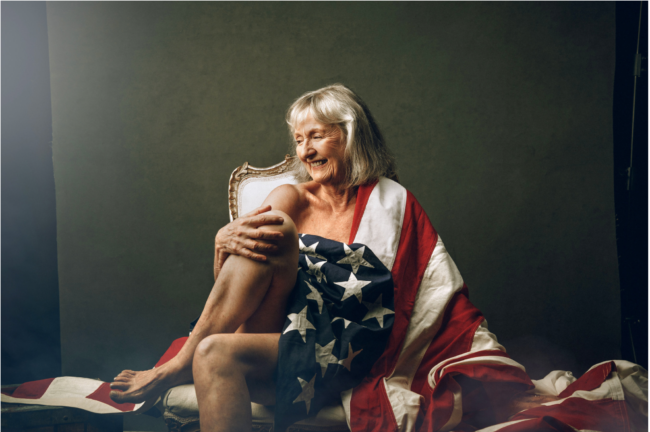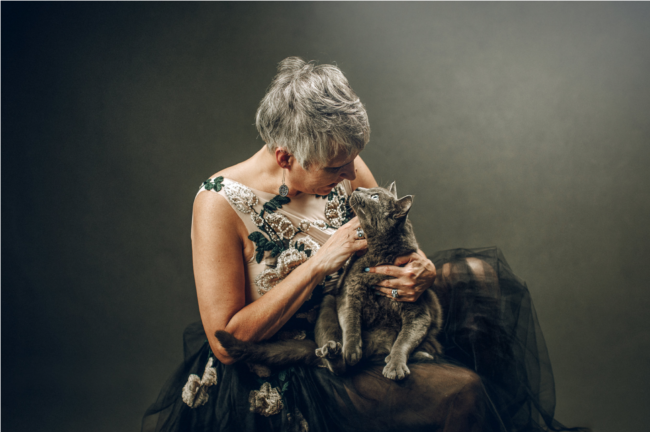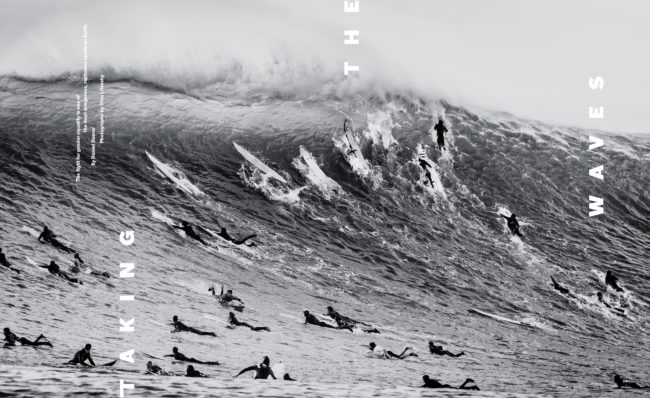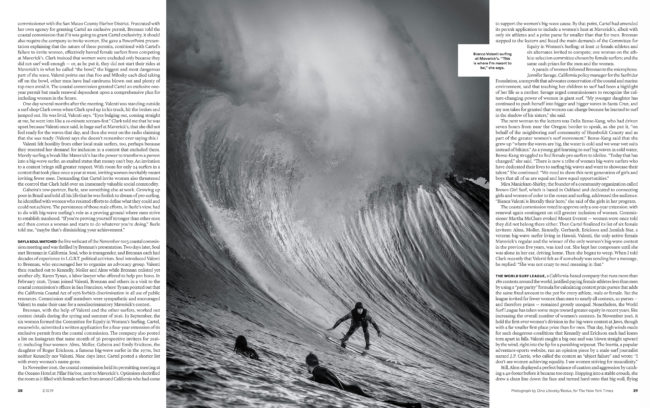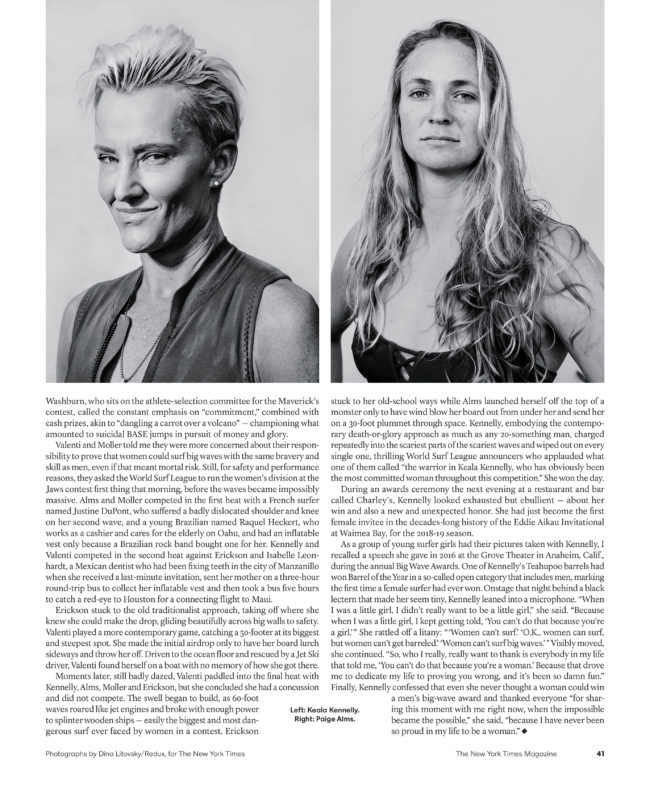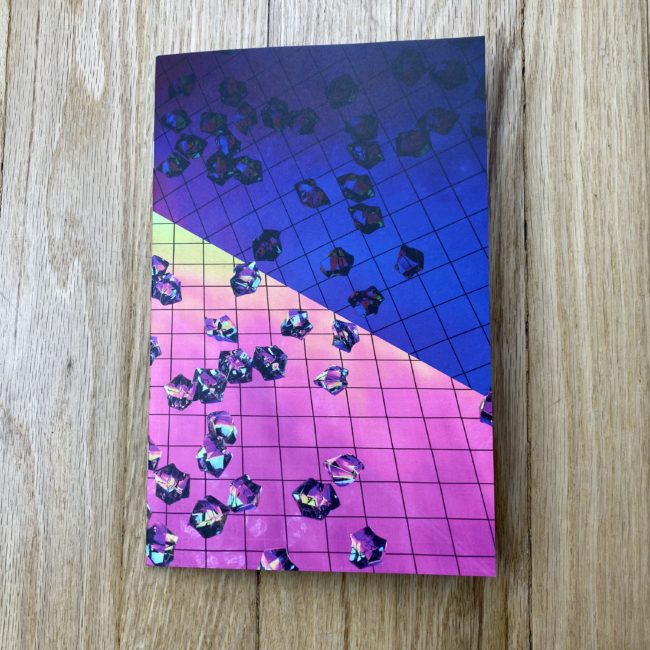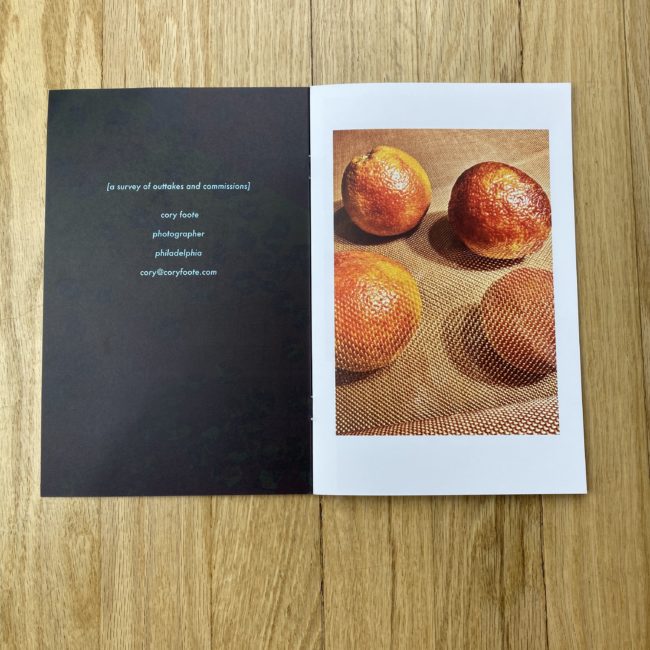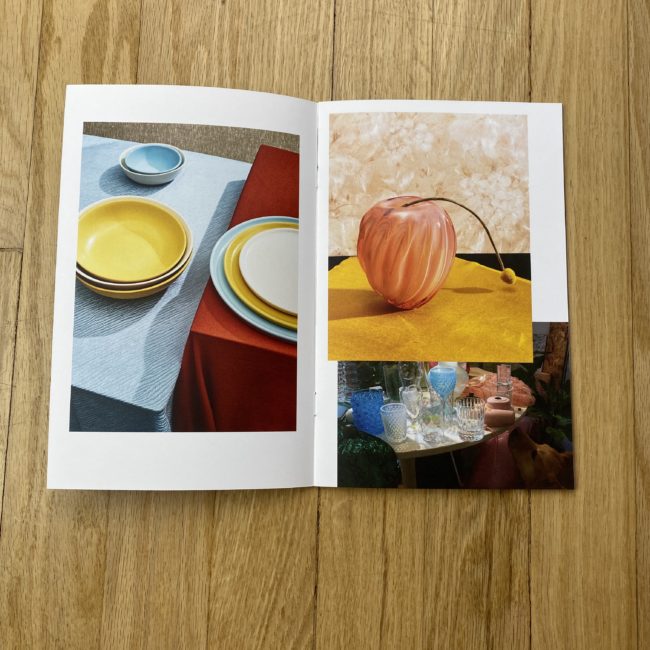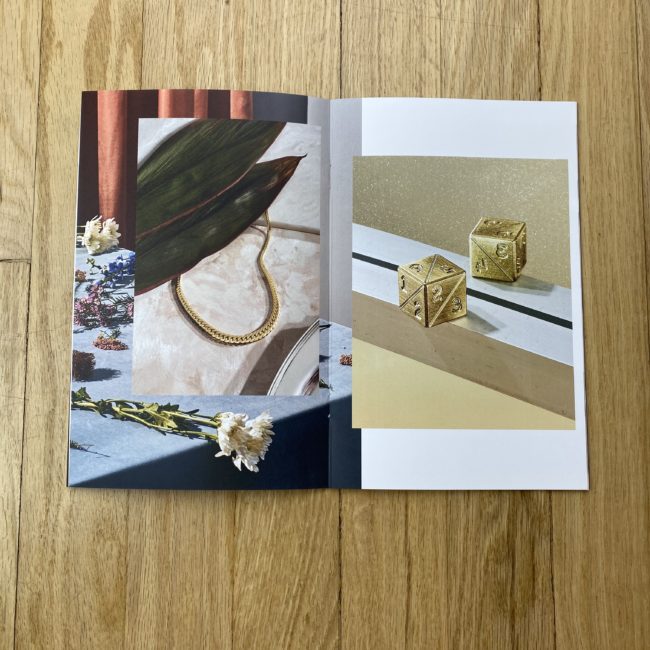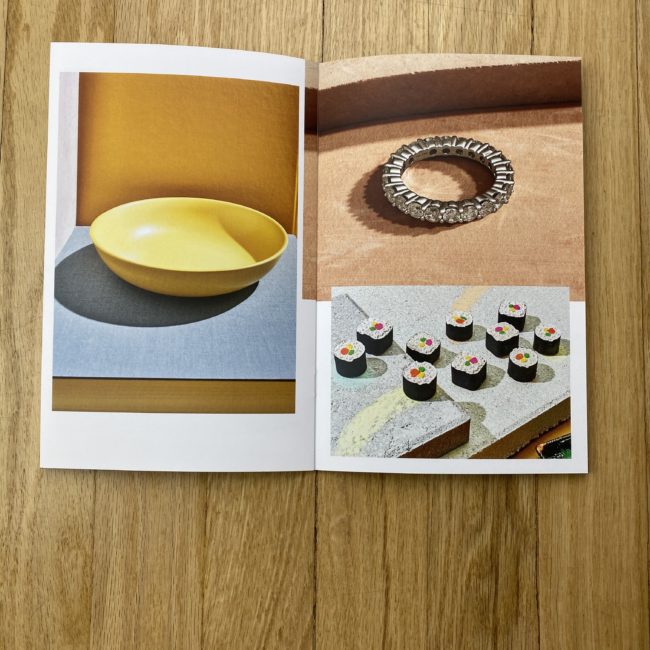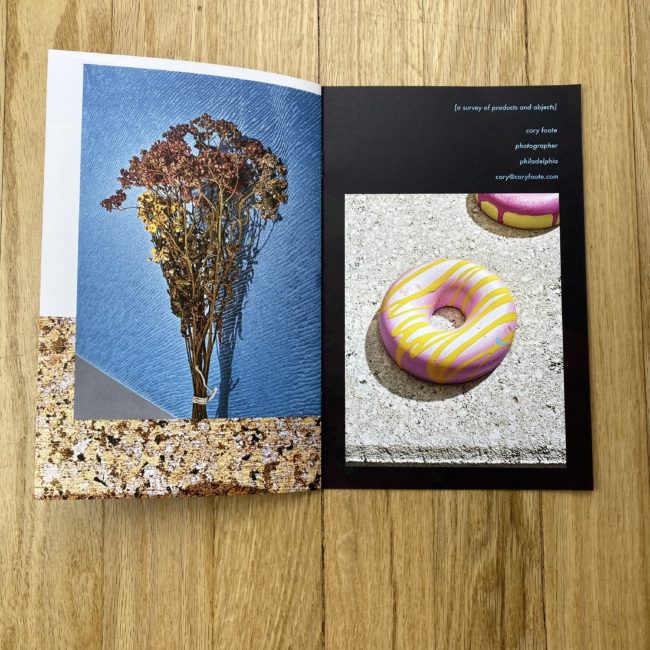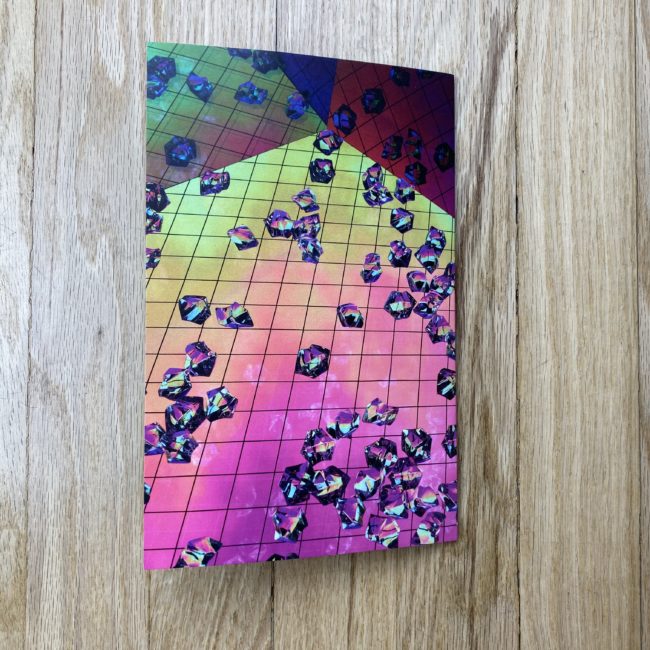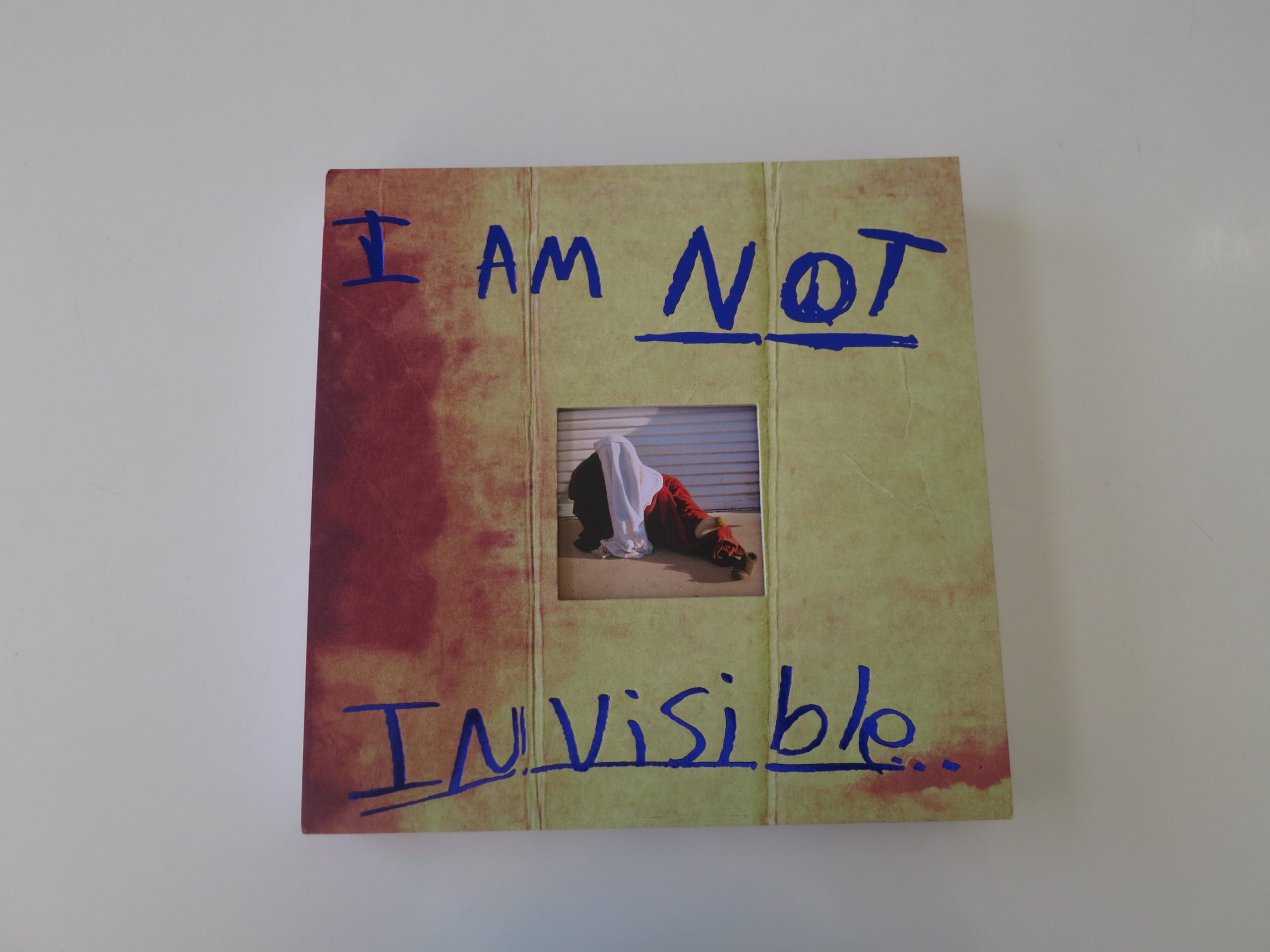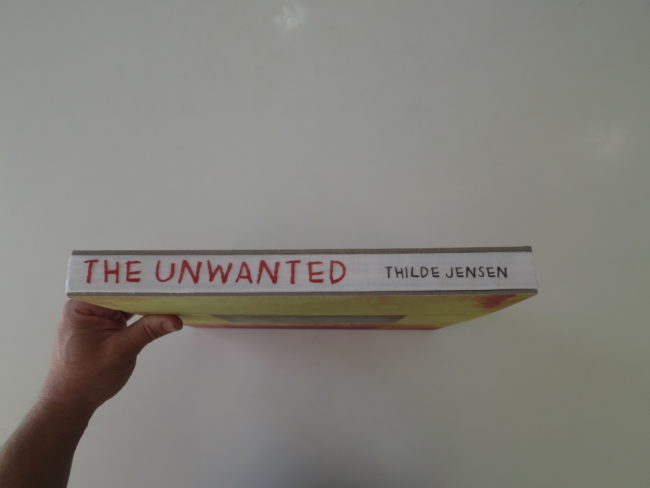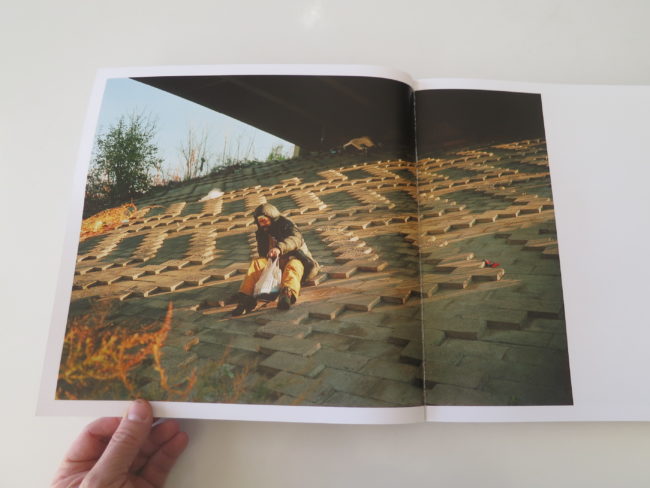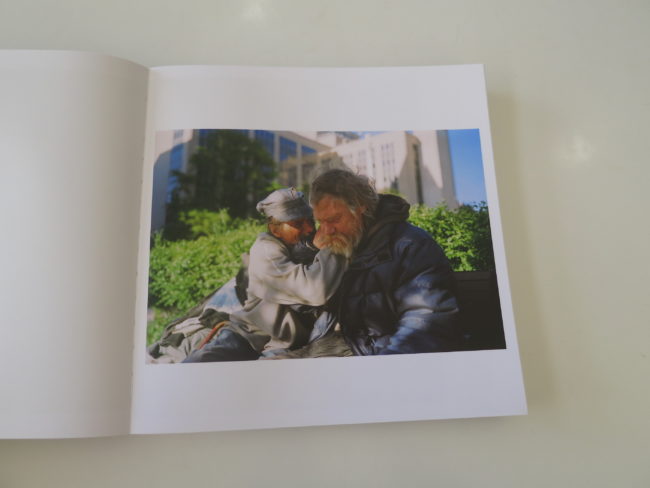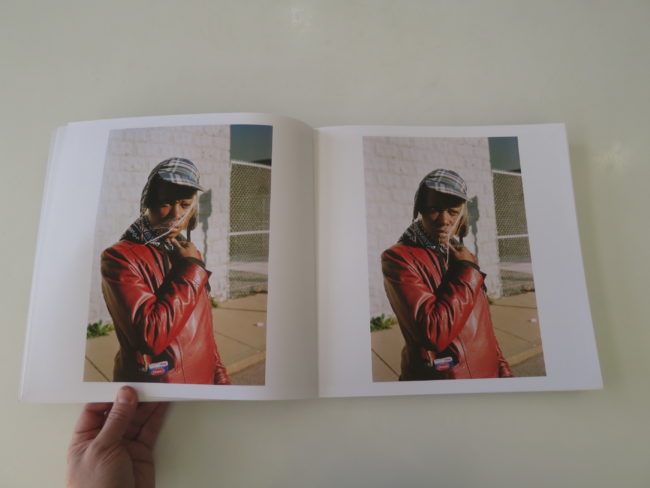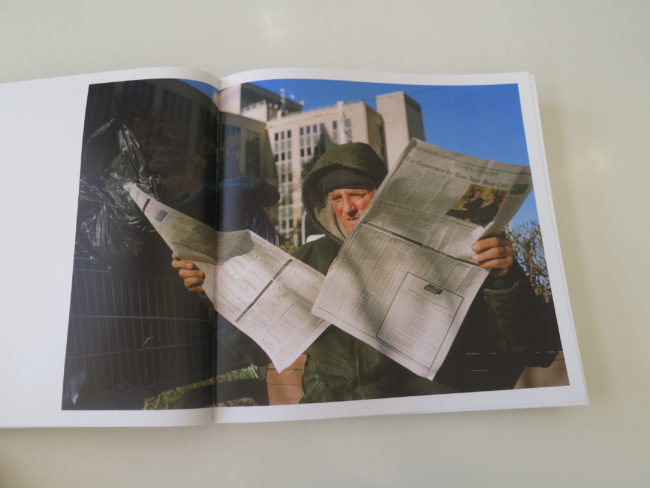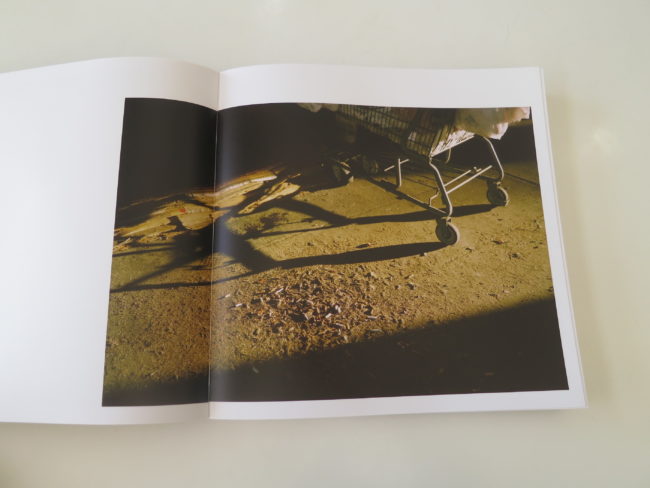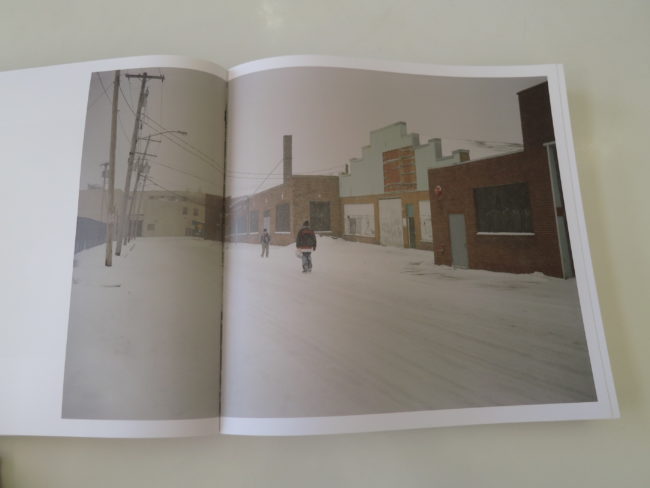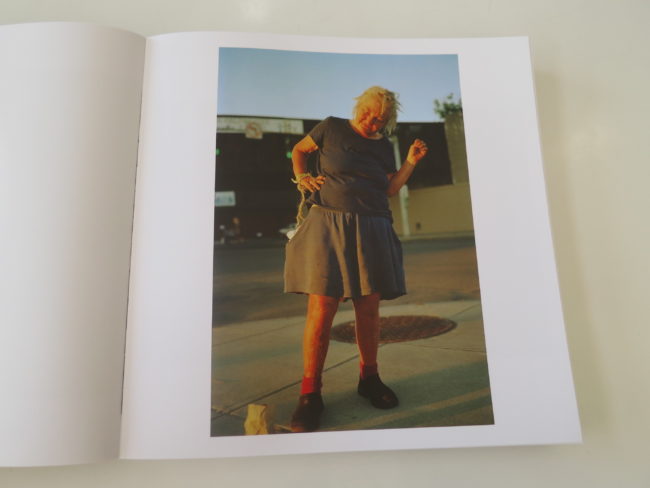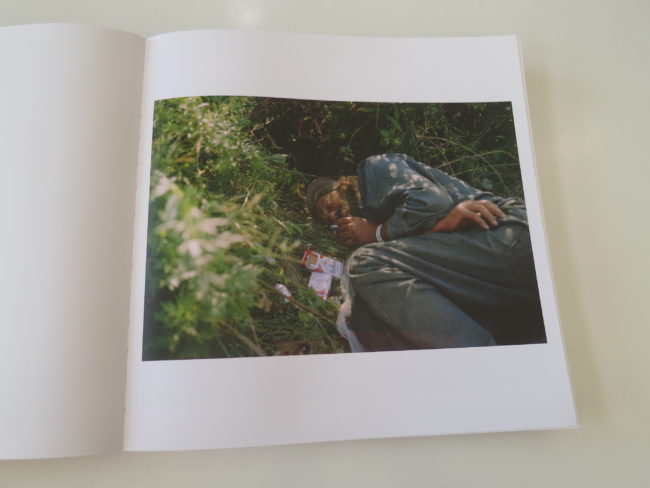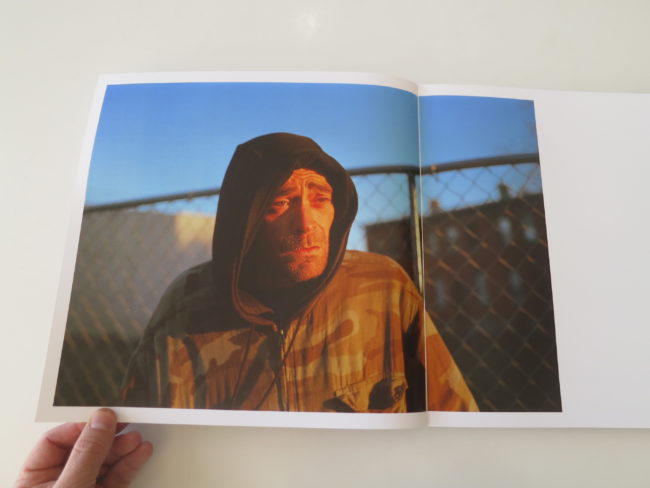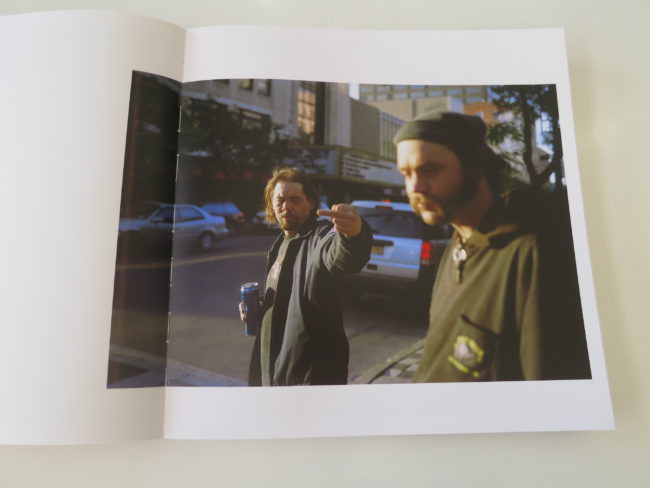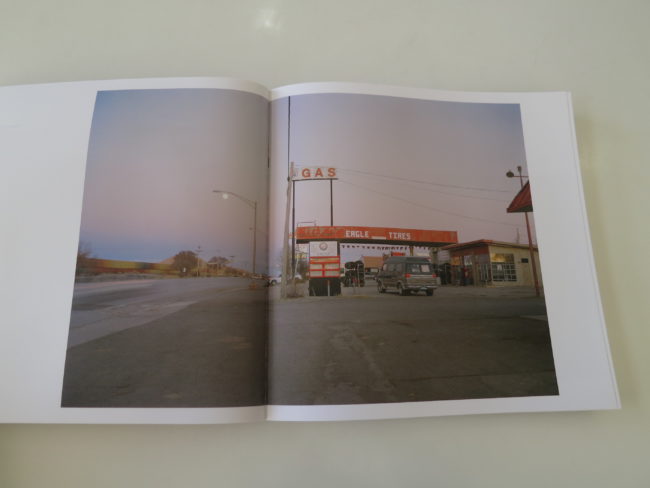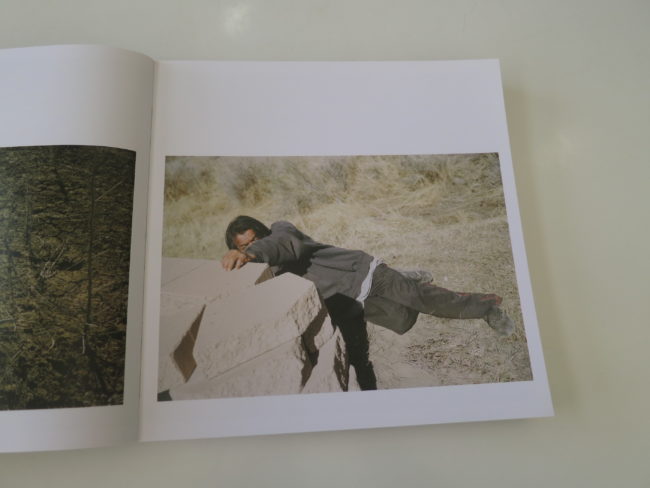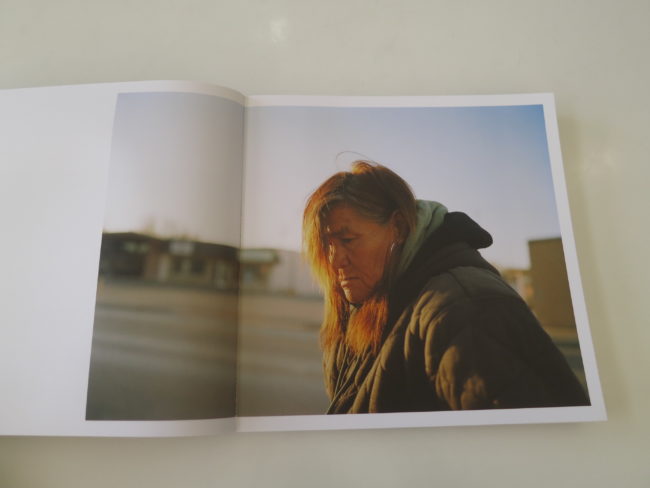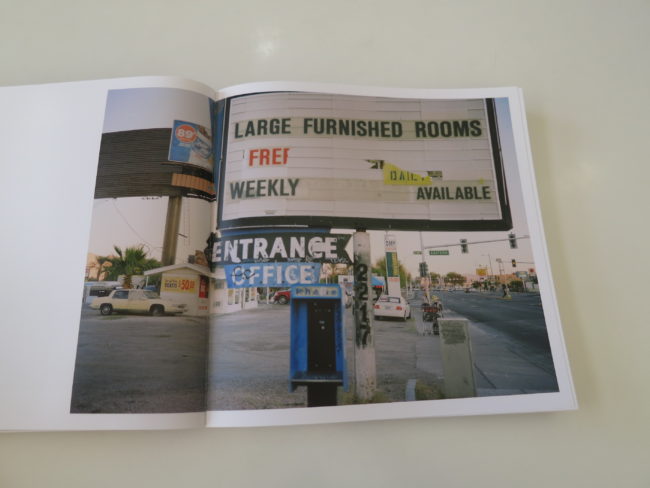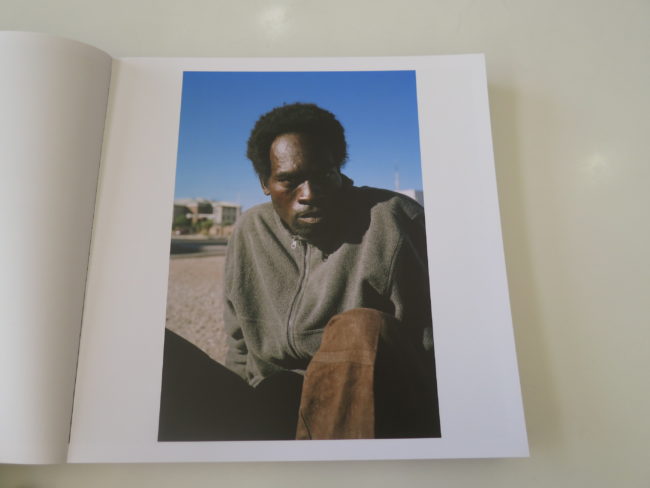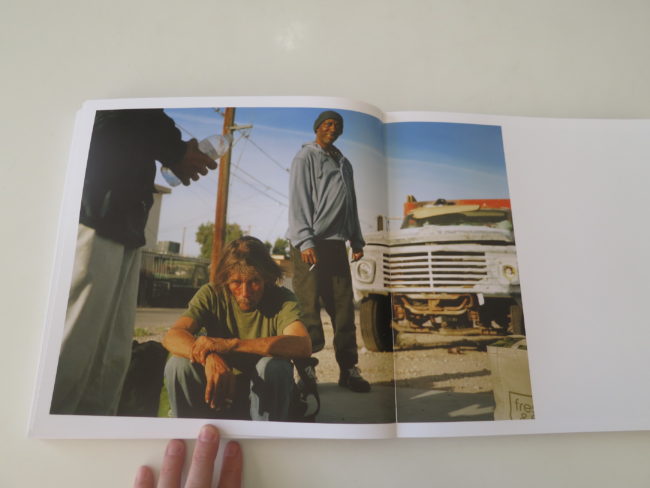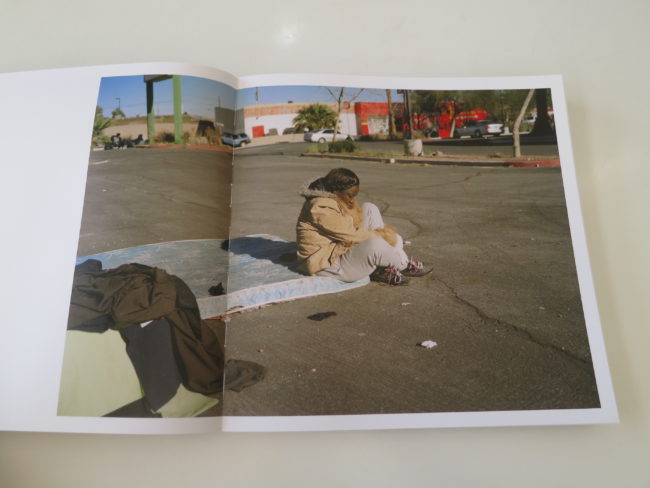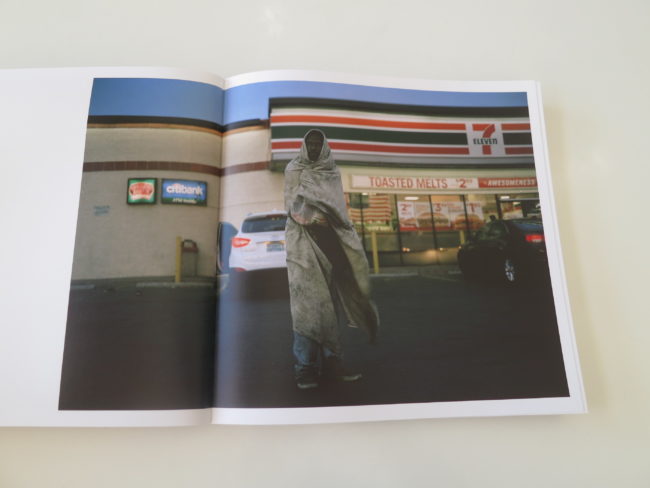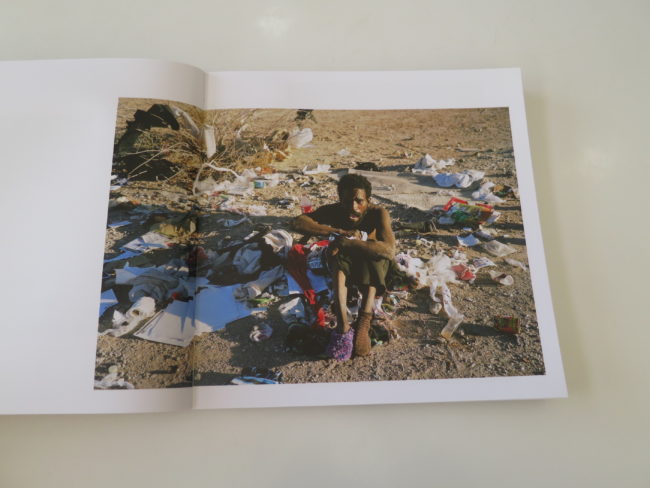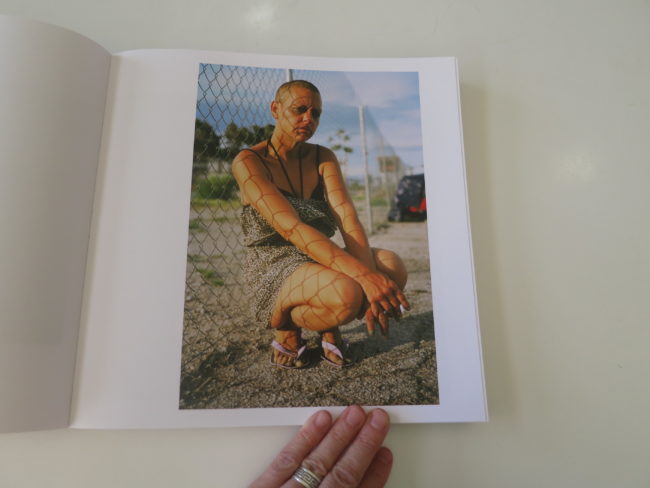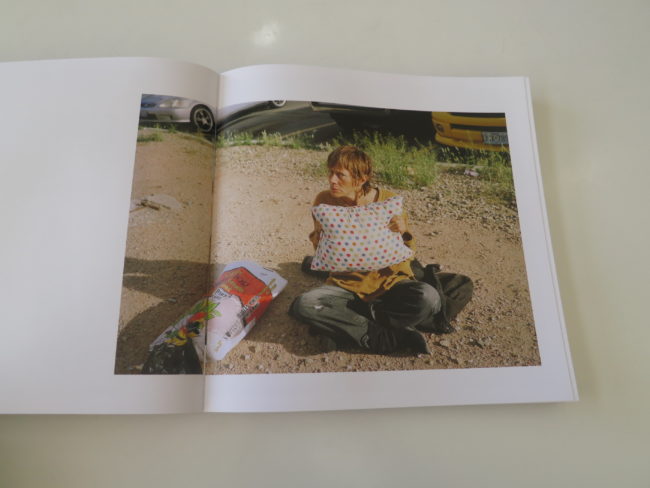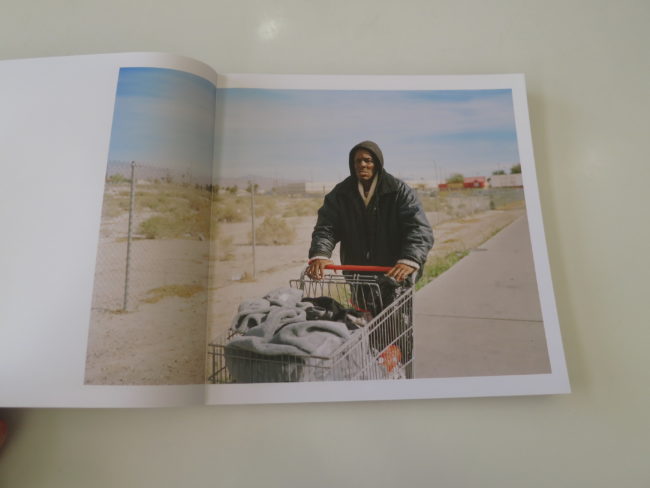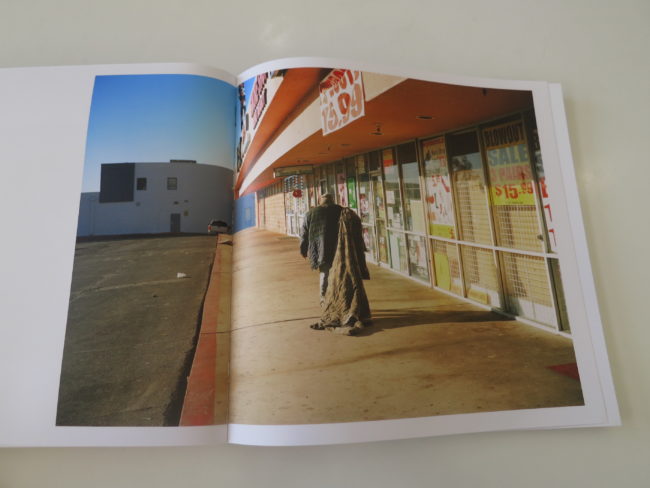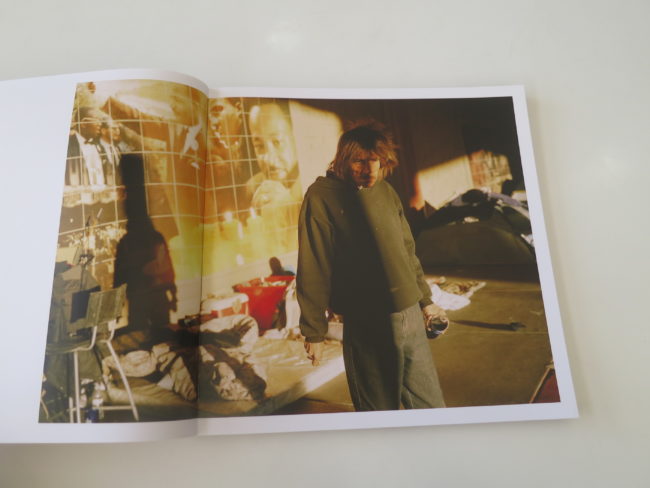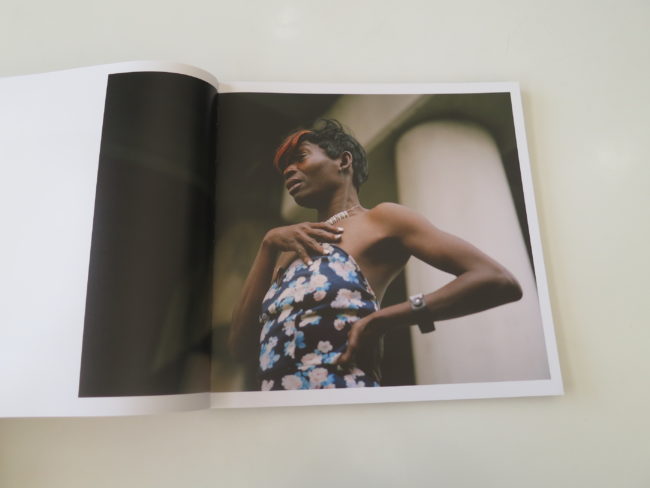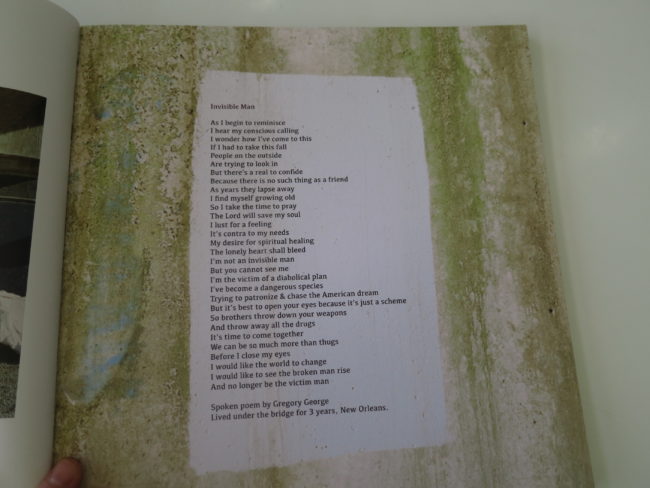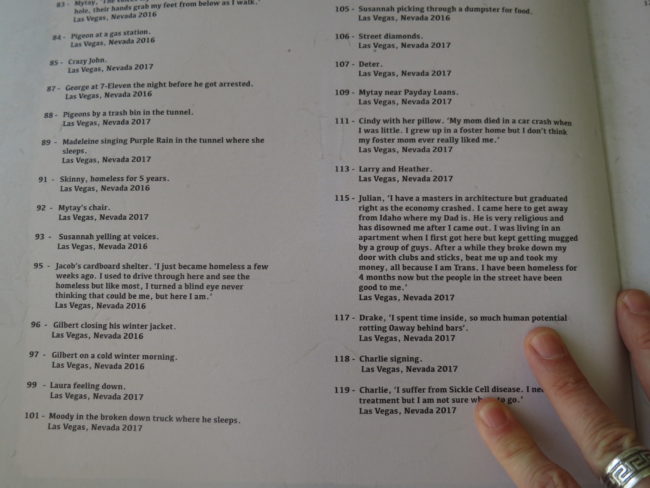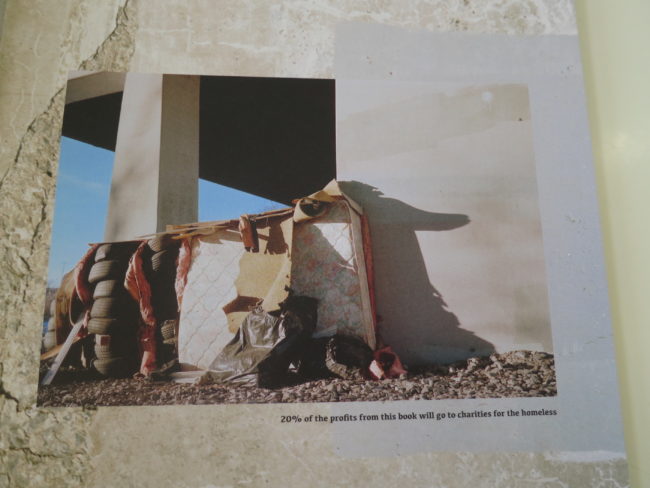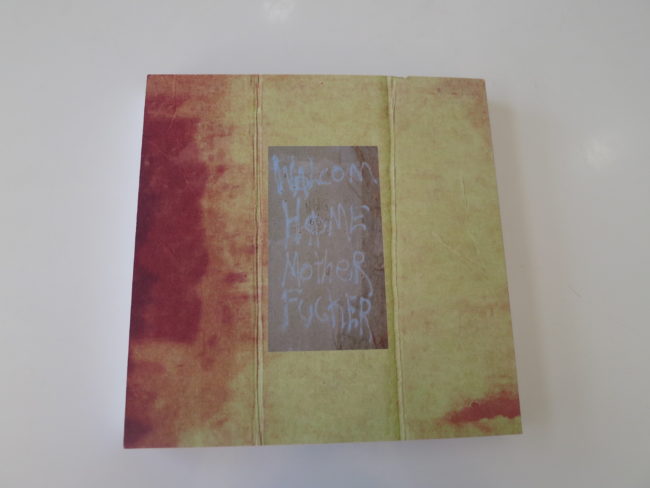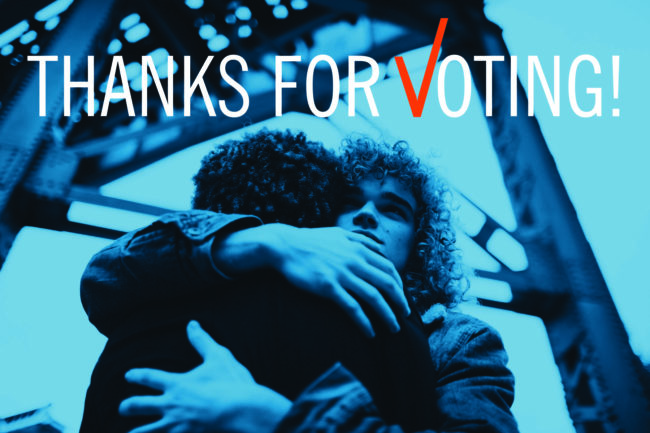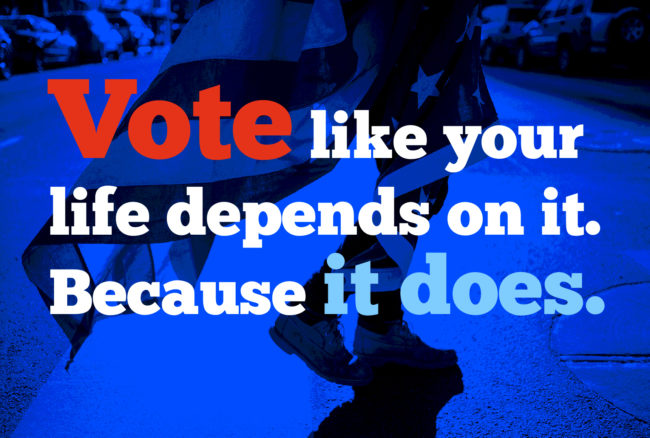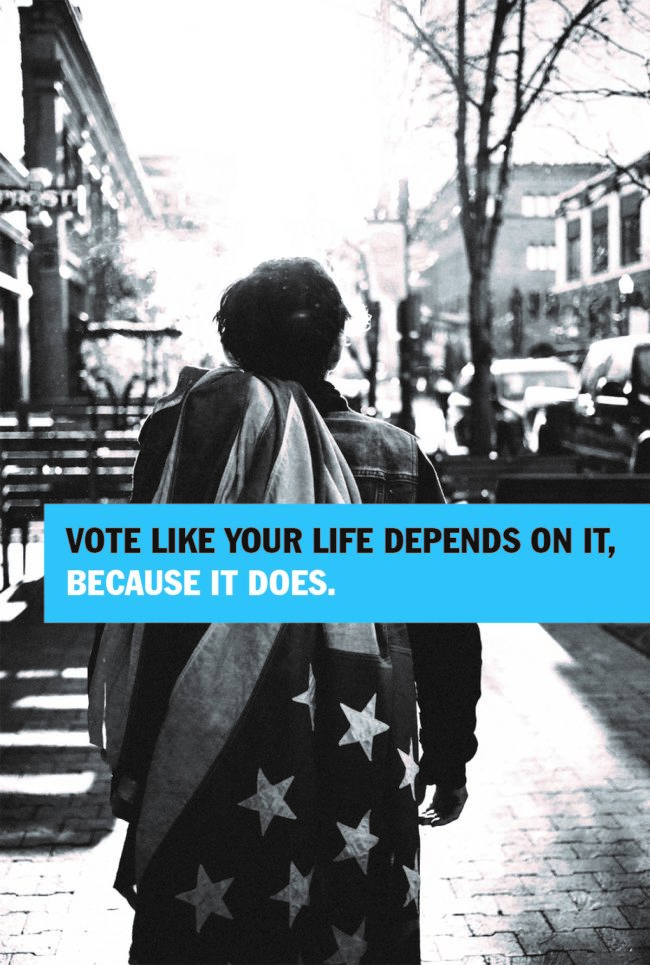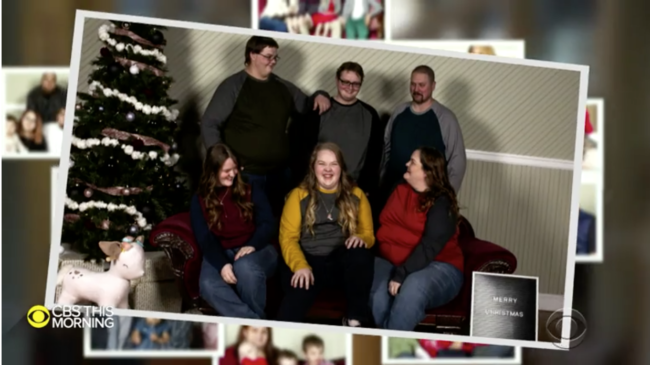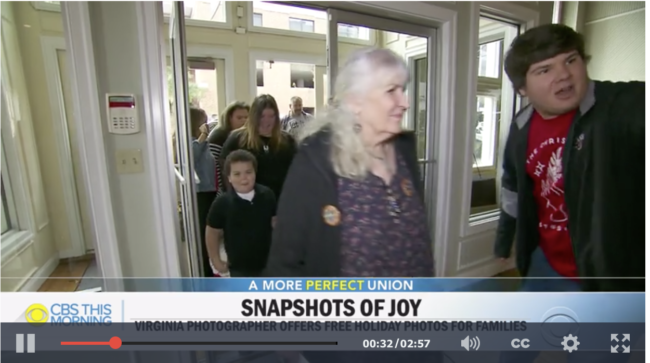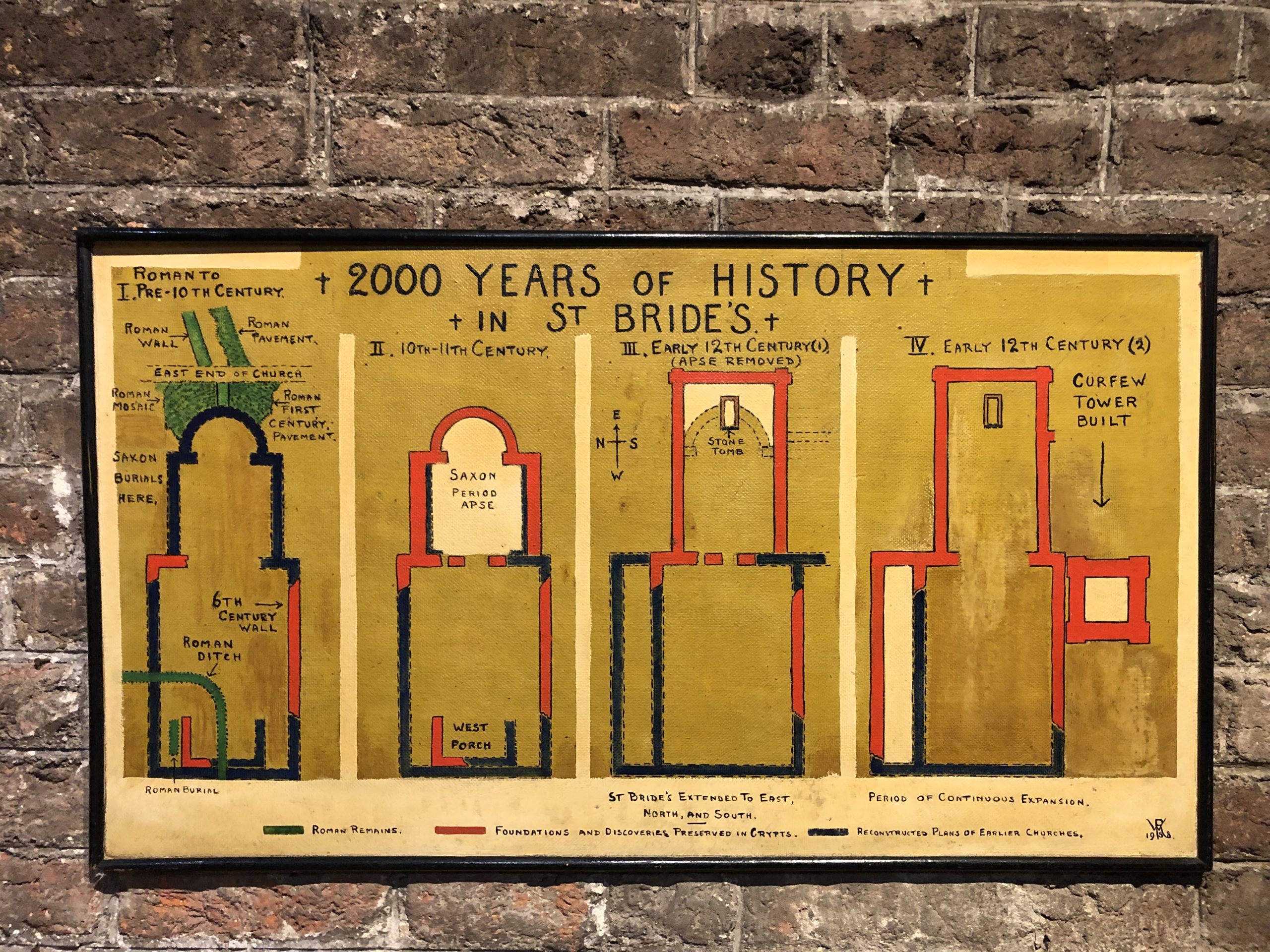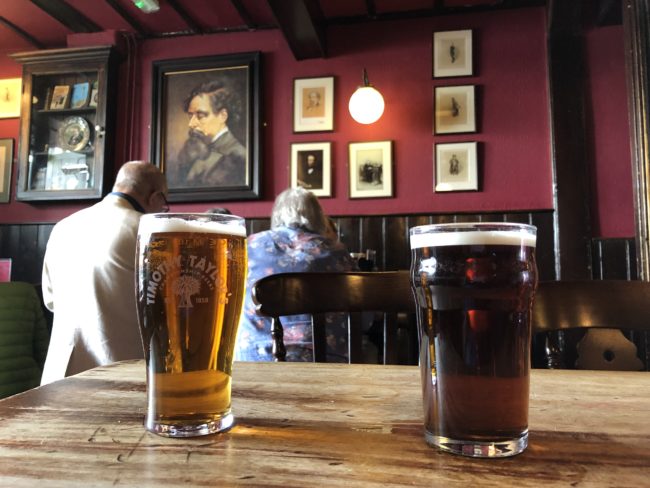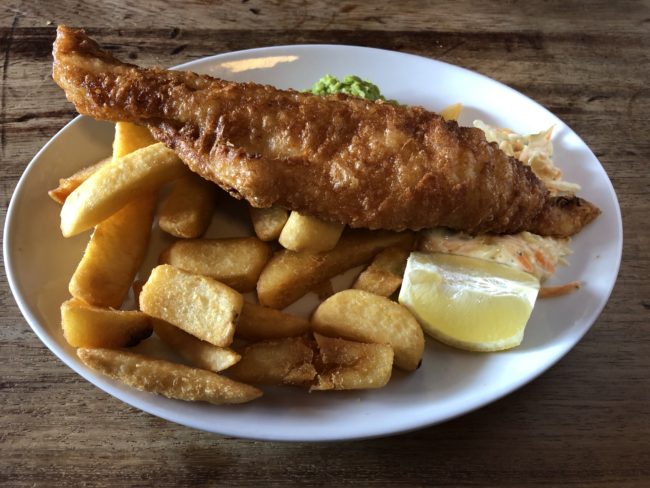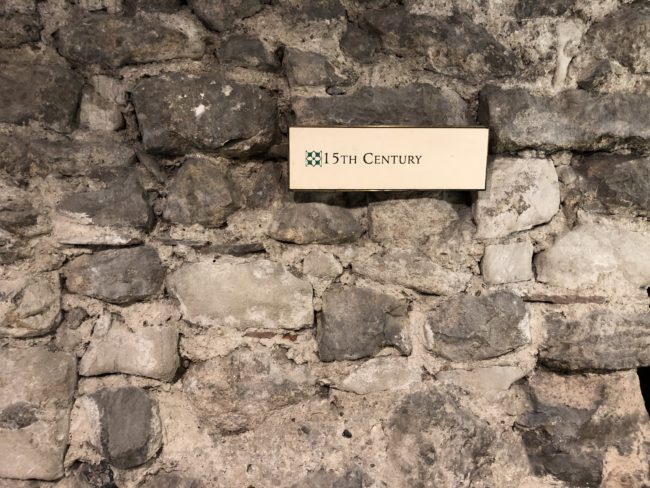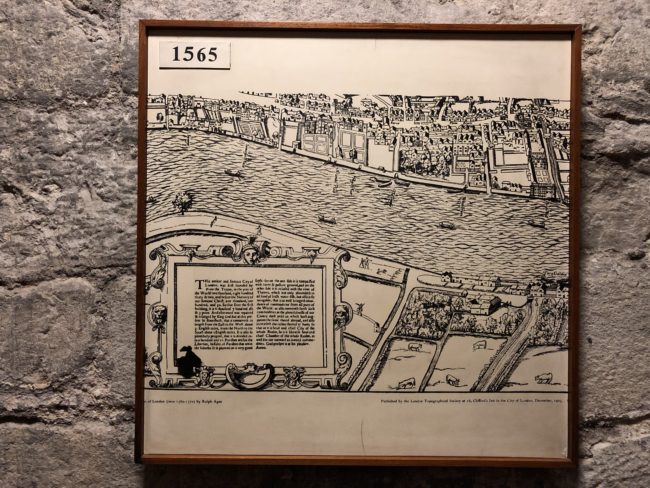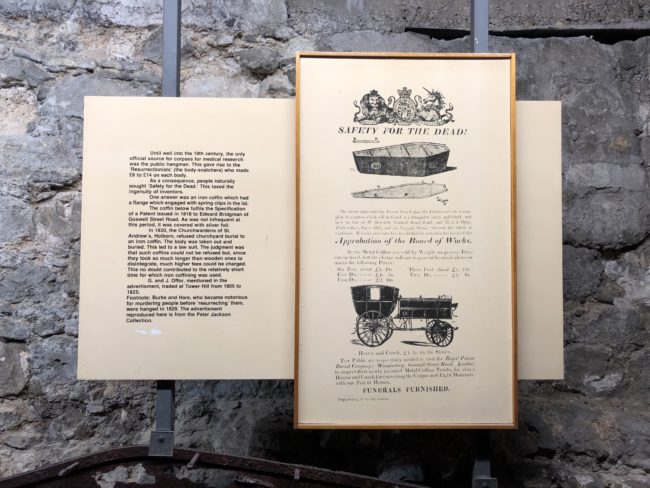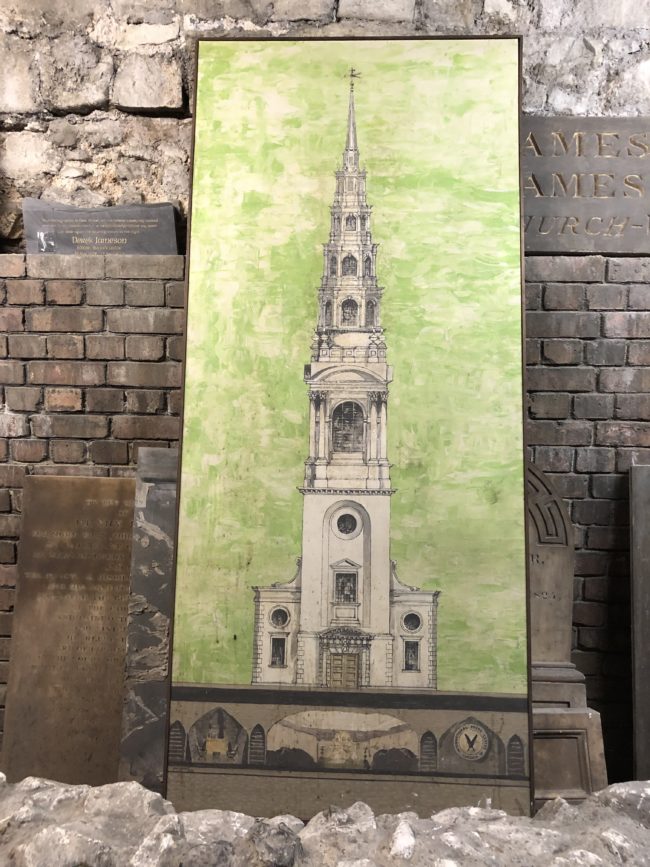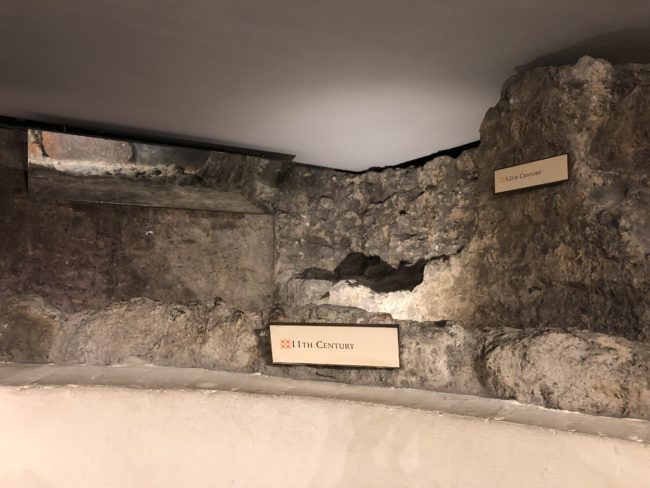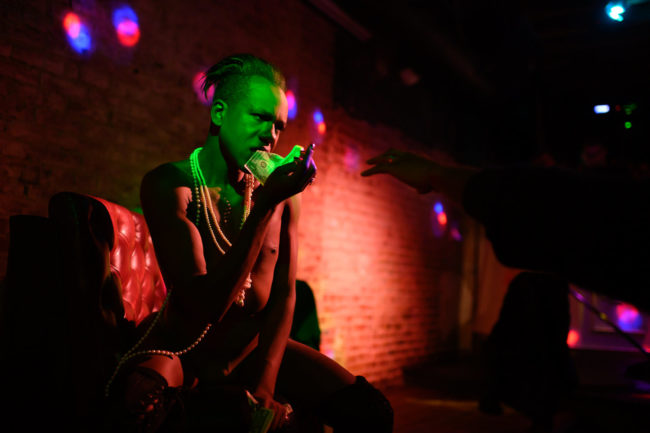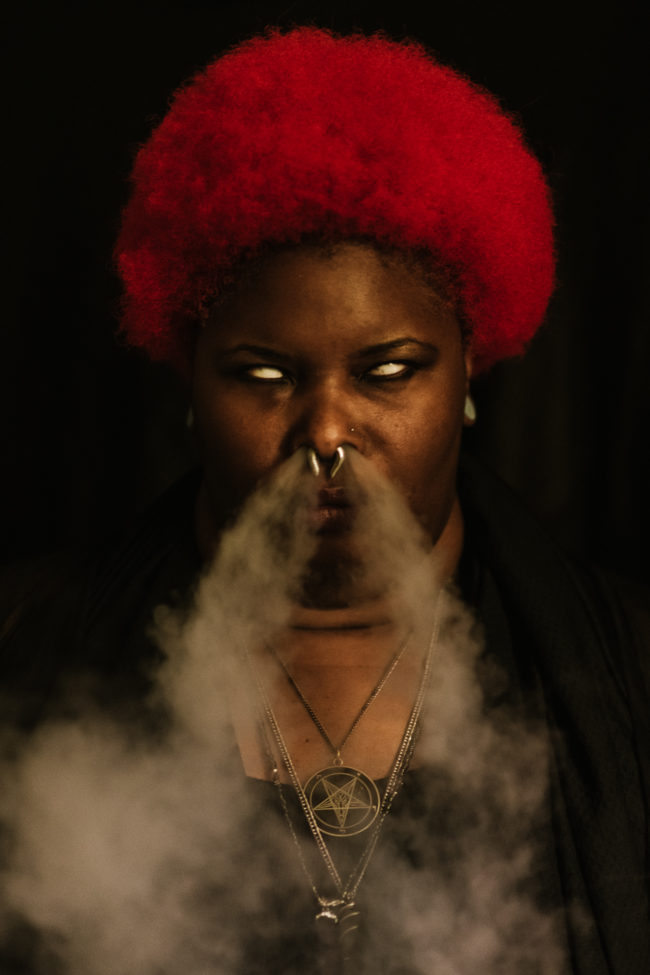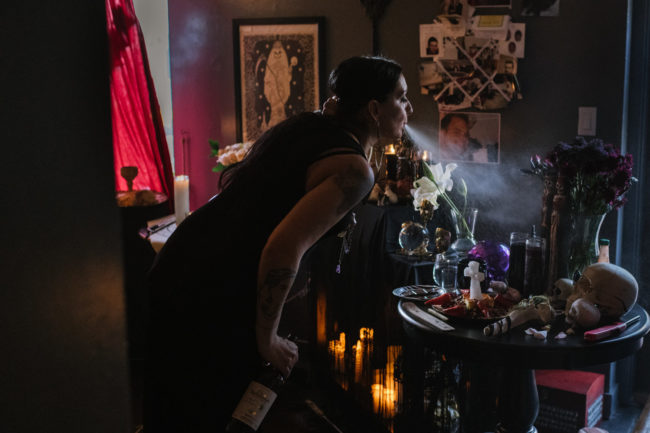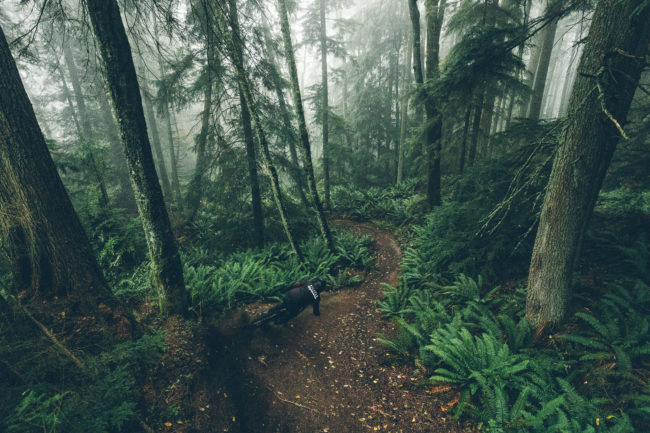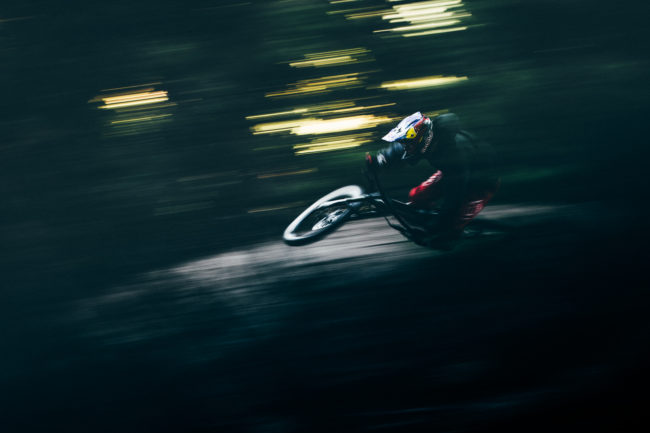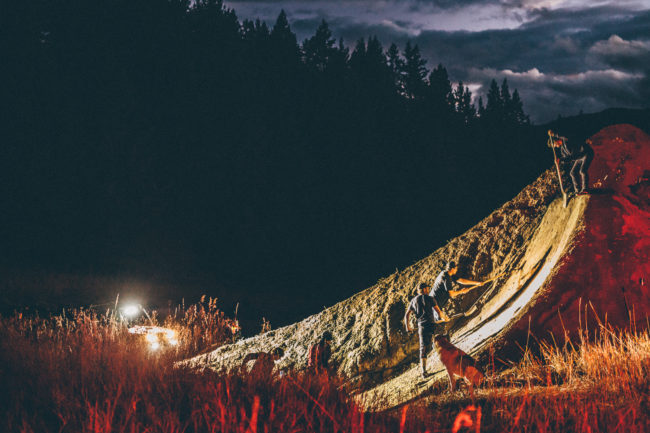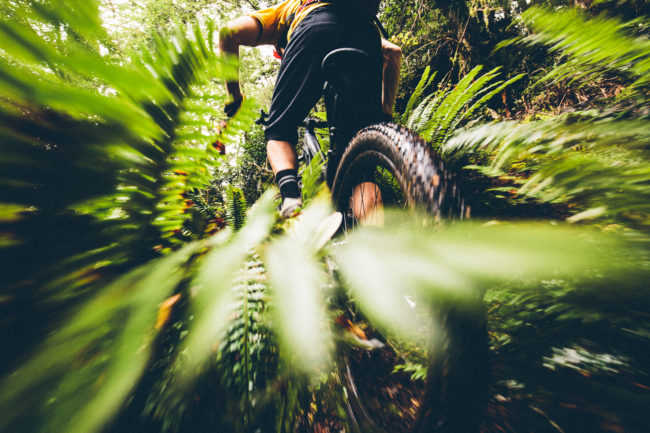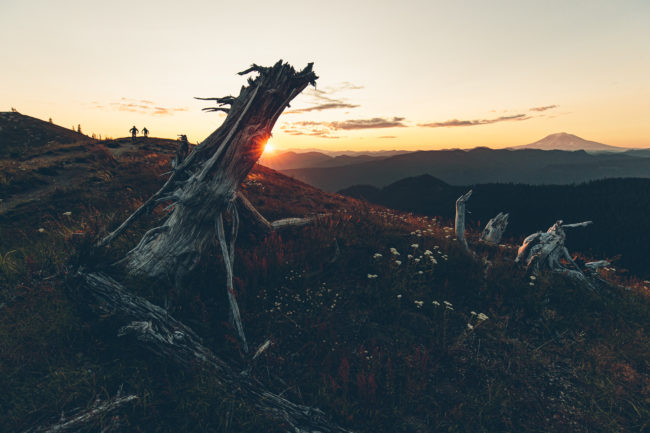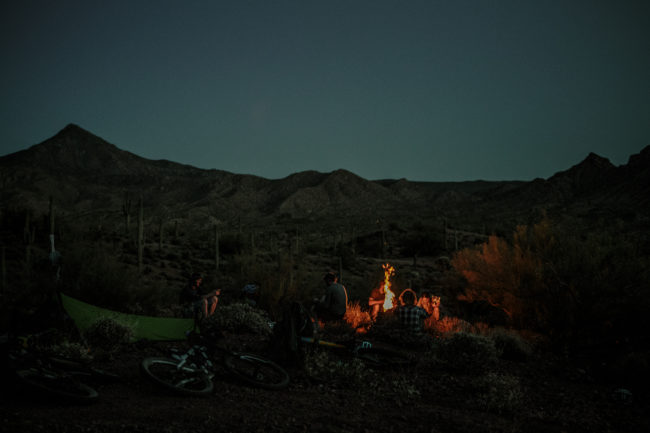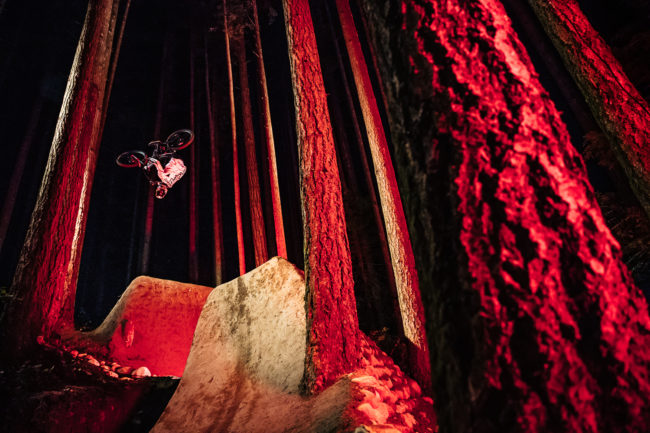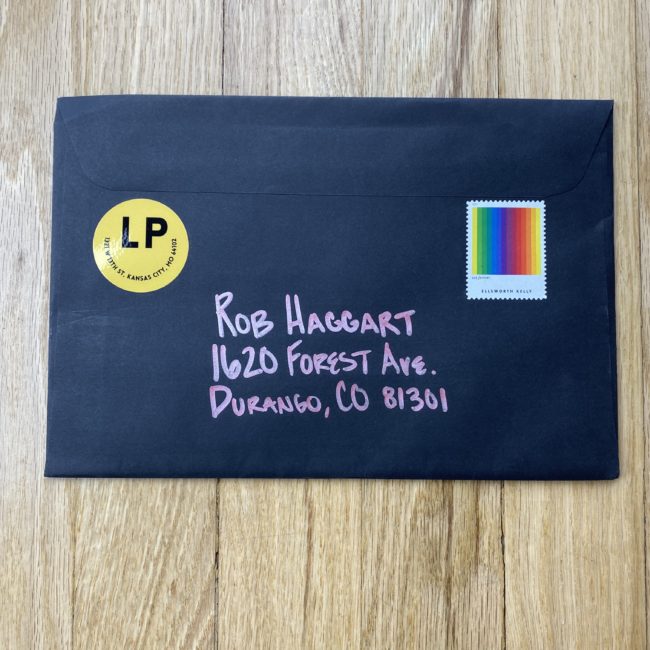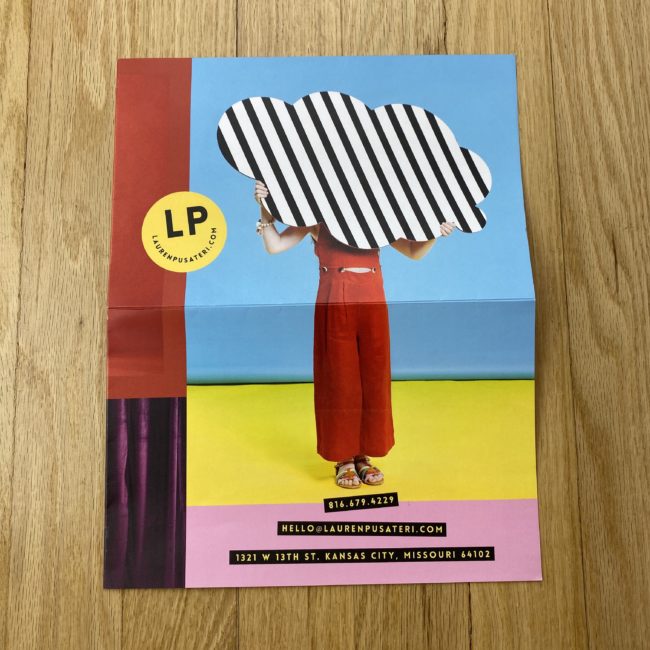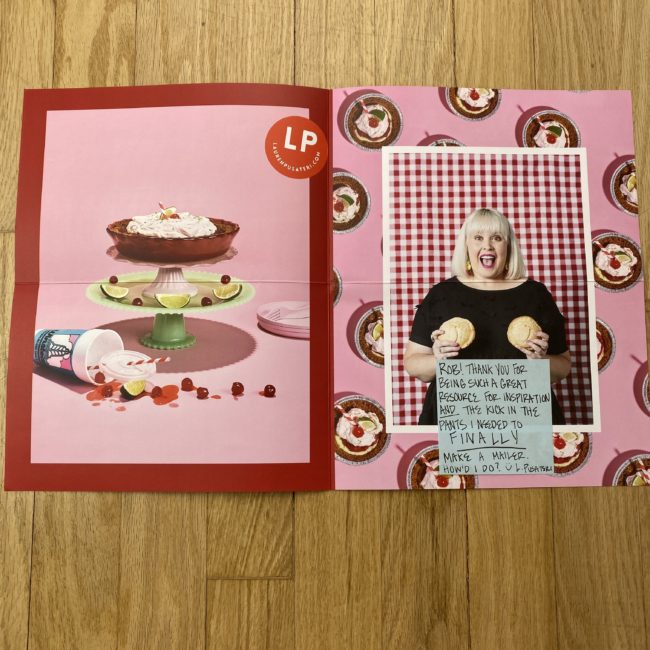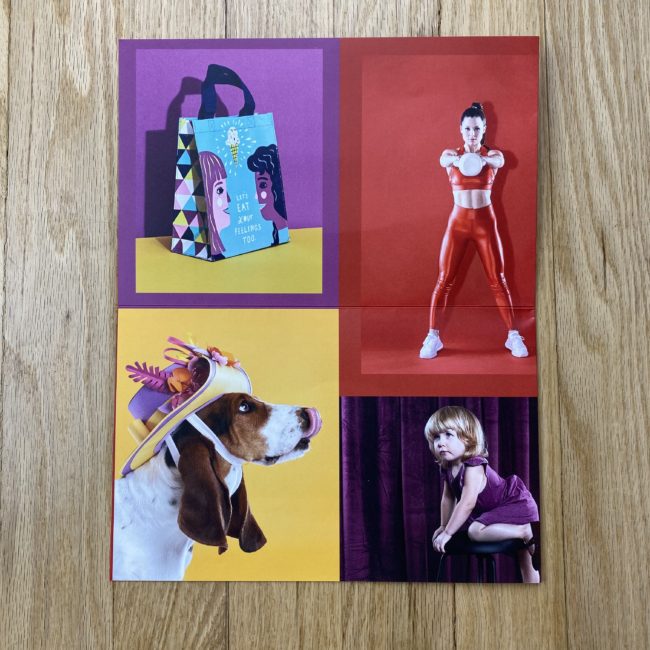Part 1. The Intro
Believe it or not, I used to be funny.
And this column was often absurd.
For years, I made fun of Donald Trump, before he ran for President. Even after he won, I still joked about him all the time.
For a while, anyway.
It was never my intention to become serious, though 6 years working for the New York Times certainly discouraged my sillier impulses. (If you can find a less light-hearted group of colleagues, I’ll be very surprised.)
The strange thing is, I never set out to be funny.
In my extended family, back in Jersey, I had some properly hilarious cousins. One even became a stand-up comedian, yet, (behind his back,) everyone always says he’s not even the funniest one in his family. (Sorry, Ken.)
So, just as I never planned to write an absurdist, rambling, continuous, personal narrative each week, where I joked about poopy diapers, overweight, narcissistic, rich-boy real estate developers, or the insanity of the modern condition, I also never planned to get serious.
That’s just the way it worked out.
The other day, for example, I had a group of college students from Dallas in my home for a 2 hour private lecture.
I told them about how, back in 2013, before I was hired by the NYT, I mostly saw myself as a pretend-journalist who said fuck and shit a lot, and then wrote about a photo book.
Fuck.
Shit.
Asshole.
(See, I can still do it.)
For a while, at the Times, I tried to inject my trademark parenthetic references, and Easter egg jokes into my Lens stories, but ultimately, my humorless, condescending editor ground it out of me, and by the end of my run, my stories became rather formulaic, I’ll admit.
I’m not blaming those guys for making me serious here, though.
Rather, I think that has more to do with the state of the world. The relentless nature of the bad news we’ve all been ingesting, daily, eventually wore me down.
It’s hard to find the world funny these days.
Right?
Part 2. Will he ever get to the point?
During my talk to the SMU students, I was asked why, even though I live in one of the most gorgeous places on Earth, I choose to make socially critical, conceptual photographs in the studio?
Why not take pictures of the pretty mountains outside my door?
After a long pause, I dove into a mini-rant on the nature of a photographer’s evolution. I told them how I was essentially kidnapped by photography, back in 1996, as I went from never making art, to devoting my life to the medium, over the course of a 5-day, solo, cross-country road trip.
We discussed the way an artist grows, over 24 years, and how at the beginning, I was just like everyone else.
Photographing abandoned buildings, pretty landscapes, junk piles, and, of course, graveyards.
Who doesn’t love a good graveyard?
All that powerful juju leaking out of the ground. All that creepy energy, just waiting to be photographed. (And yes, I shot a headstone or two on that original journey, including some eerie, forgotten spots in North Texas.)
Eventually, though, if we continue our artistic journey, we want to do things differently.
To innovate, and experiment.
To learn new skills, and change things up to ensure growth.
I had to pivot pretty quickly, as they were beginners, and I promised it was more than OK for them to make photographs of the Rio Grande Gorge, the Pueblo, or Taos Mountain.
To revel in the beauty of flowers or snow-covered aspen trees, if that was what gave them joy.
We discussed how beginners might love photographing sunsets, but professional artists, like Penelope Umbrico, would rather make a wall of appropriated sunsets from Flickr than just point a camera at the real thing.
I think I did a good job explaining it all, as the group left inspired, but it’s not like I was doing a comedy routine or anything.
It was a serious discussion, and then they were gone.
In the aftermath, I’ve been wondering, am I still funny?
I mean, really?
Am I funny?
How am I funny?
Am I here to amuse you?
Tell me, how am I funny!
(Goodfellas never gets old.)
The truth is, no matter how smart you are, or charming, no matter how hilarious you may be, or good-looking, there’s always someone out there who’s got more sauce than you do.
Just when you think Jon Stewart is the funniest guy in the world, along comes John Oliver.
If you’re positive that Jerry Seinfeld was the proper genius behind his show, you watch Larry David, and all of a sudden, your begin to wonder.
Or maybe you’re Joe Montana, confident you’ll always be the GOAT, (and the most handsome quarterback ever,) and along comes Tom Fucking Brady, the robotic asshole with the perfect cleft chin, and he goes and takes your throne.
Frankly, I remember the moment I knew I’d been bested.
It was 2015, and I was partying with some new friends at the Filter Photo Festival in Chicago. A long night became longer, and eventually I found myself in a private room in a Japanese sake bar, doing Karaoke properly for the first time.
It was more fun than I’d had in years, and I was feeling my oats.
I called for a Michael Jackson song, for some reason, but when I realized I didn’t know the words, I started free-styling, making up lyrics about the dead singer’s “accused” history of abusing children.
Not a funny subject matter, by any means, but at the time, I still found myself reveling in absurdity. (As my buddy Pappy used to say, if you don’t laugh, you cry.)
All of a sudden, a guy got up to sing, and I was barely paying attention. Frankly, no one was, because between the endless high-end sake, the fact it was 2am, and the periodic trips outside to get stoned, most people were sloshed and wobbly.
But this guy, Jeff Phillips, started a freestyle song about the Rapture.
The end times.
Before I knew it, he was singing about Armageddon, Jews killing Jesus, and all sorts of perfectly Un-PC things, and I couldn’t believe what I was hearing.
It was raw, honest, offensive, and definitely the funniest thing I’d heard in person. (Including the time my parents were insulted by Andrew Dice Clay, because we made the mistake of sitting in the front row of his performance in the late 80’s.)
I went from feeling like the King, to feeling like the headless King, in a matter of moments.
Jeff has since become a good friend, and though when I first met him, I knew him as a Filter board member with a day job as a business consultant, eventually I learned he was also an artist, who made silly, ridiculous projects on a regular basis.
Eventually, we reached the end of #2019, and a blue envelope showed up in the mail, featuring his new self-published zine, “I Laugh Because it Hides the Tears: Volume 1.”
Part 3. Sad clowns
You knew I’d get to a book review eventually, right?
I don’t think Jeff sent the zine hoping for a review, but was just offering a gift to a buddy.
(That’s my take, anyway.)
But when I opened it up this morning, and read it through twice in quick succession, it codified so many things I’ve been thinking about lately.
How do we laugh at a world that no longer seems funny?
I mean, on Tuesday, noted funny-man Patton Oswalt tweeted out a video of Donald Trump badly mispronouncing the word accomplishments, and while I giggled, really, it made me sad.
Meanwhile, Sacha Baron Cohen keeps attacking Mark Zuckerberg with facts, as himself, rather than with jokes as Borat or Ali G!
How has it come to this?
Thankfully, this zine seems to have found the perfect middle ground that has eluded me for the last year or two. (As does Bill Hader’s brilliant “Barry” on HBO. Highly recommended!)
As the zine is short, I’ll photograph its entirety, because it all fits together like a jigsaw puzzle made out of unicorn sweat and crocodile tears.
We see cellphone cameras with sunsets, a picture in a graveyard that goes directly at the trope, and off-camera, we learn that Jeff likes to wear Sponge Bob boxer shorts, because of a peeping-tom-window-washer.
There’s an (offensive) joke about Chinese restaurants serving cats, (though it’s subtle,) a busker wearing a zebra mask, more cellphones showing the Mona Lisa, and the perfect joke about French people.
DJT is there in spirit, (and reference,) because he looms over the whole world right now, but it’s just the right amount of reality, mixed with sorrow and joy.
Our Instagram-Selfie obsessed culture comes in for a roasting, as does environmental-electrical-pollution, but my favorite photo in the zine is actually straight.
And I had to look at for a minute before I figured it out.
There is an RV parked in a lot, and I’m guessing it’s Nevada or Arizona. (Where Jeff was raised.)
The caption is: “Because 100 people just passed by, and no one even saw it”
What, I wondered?
What did they miss?
What am I missing?
And then it clicked into place, like a lego block you just can’t seem to make fit.
The horizon!
The painting of the fake mountains on the rented RV matched up perfectly with the real thing, right there in front of us. (Or really, in front of the photographer who stood there IRL.)
The virtual and the real, seamlessly locked in a dance of confusion.
How could I have not seen it?
How did those 100 people miss it too?
And that, my dear readers, is why the world needs art, and artists.
Some of us try to do this for a living, exclusively, and our side-hustles have side-hustles.
Others, like Jeff, have demanding day jobs, using their art as an outlet, and when they advance enough, get to have second careers as successful as the first.
And as for the middle-aged columnists out there, the ones like me that forgot how to be funny, sometimes, all we need is a reminder that it’s OK to laugh at our crazy world.
Even if we feel like crying.
Bottom Line: Insightful, funny and poignant look at contemporary America
To purchase “I Laugh Because it Hides the Tears Volume 1,” click here
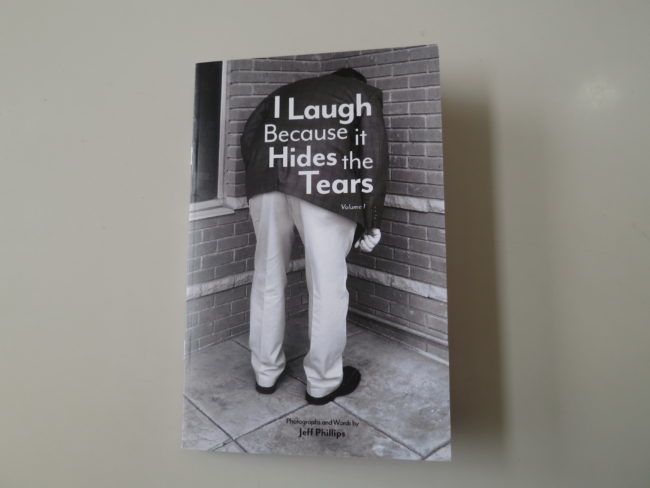
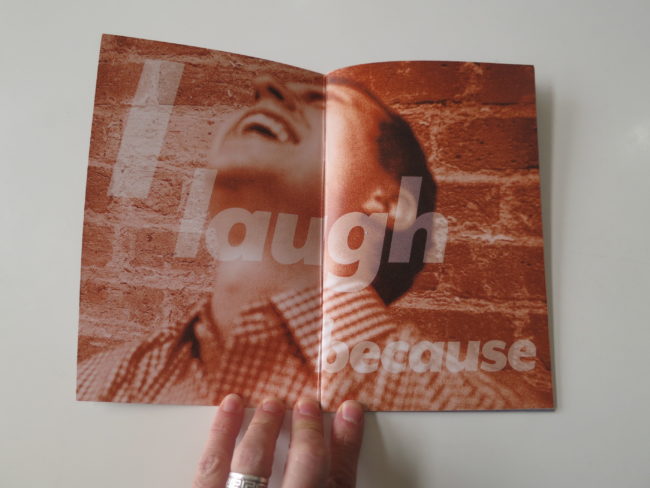
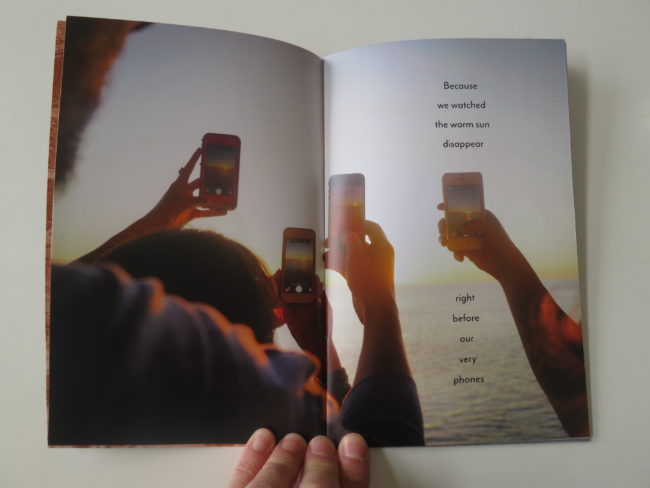
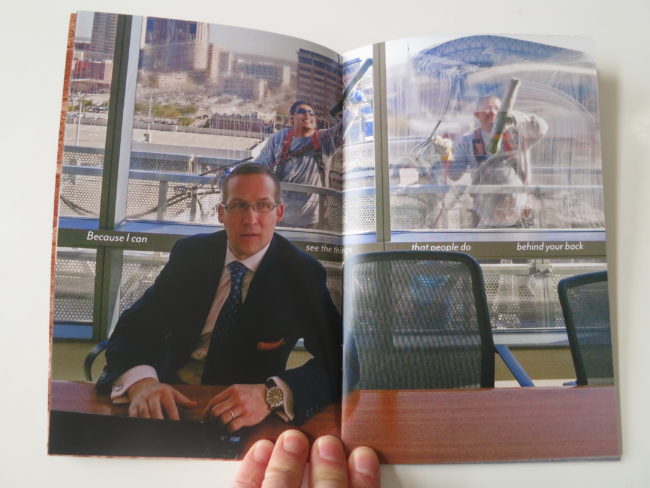

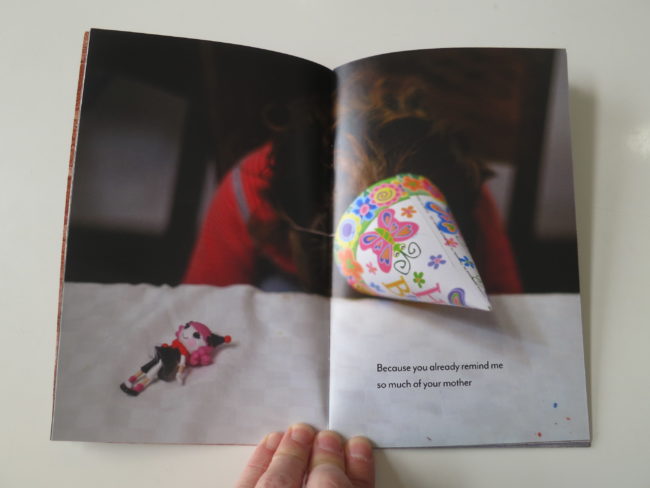




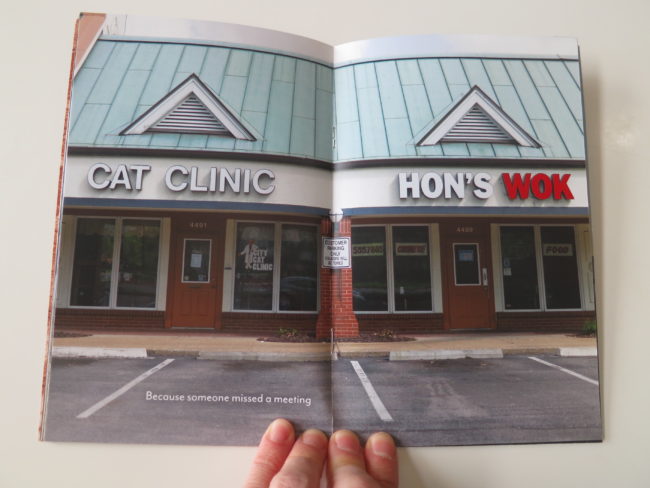



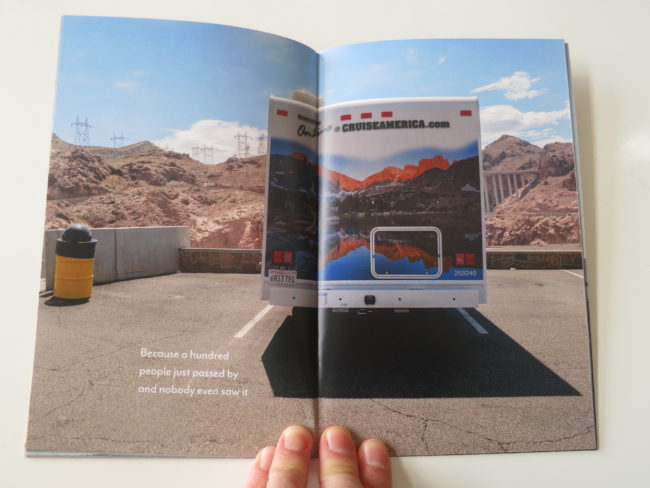


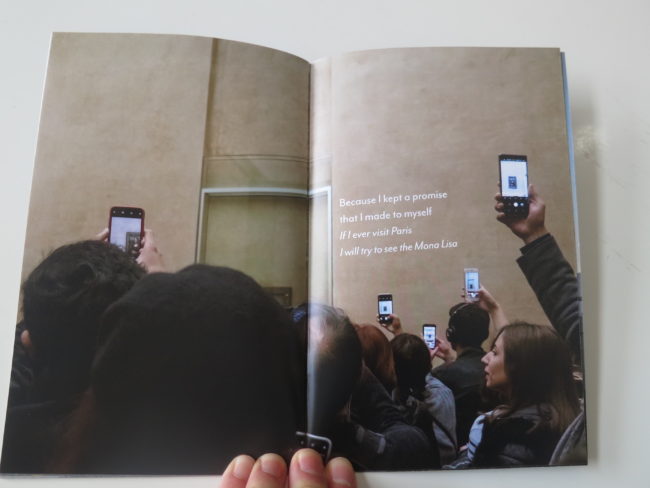
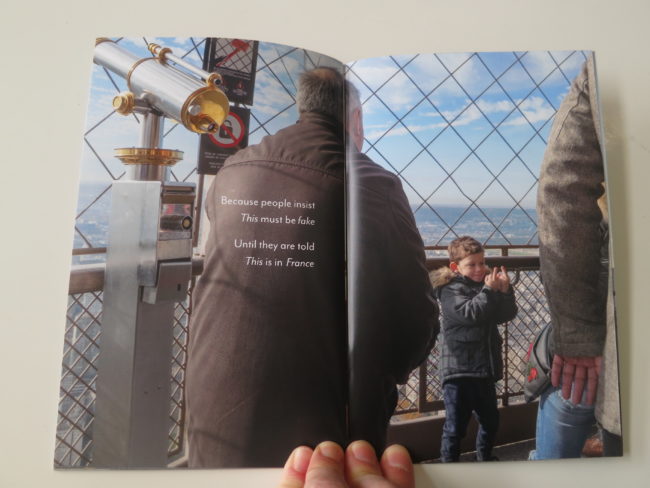
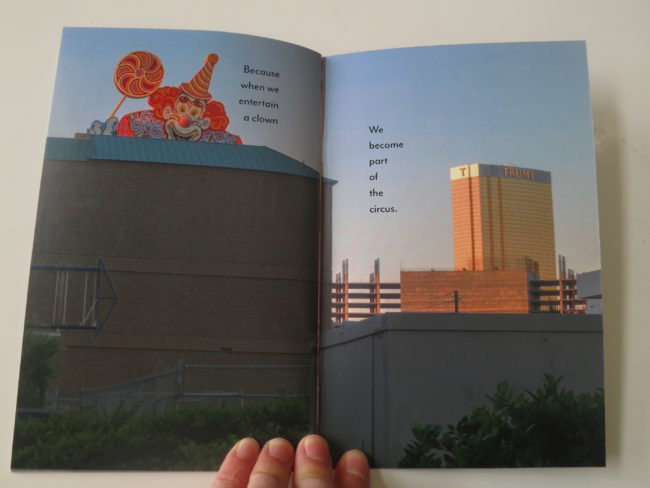

If you’d like to submit a book for potential review, please email me directly at jonathanblaustein@gmail.com. We are interested in presenting books from as wide a range of perspectives as possible.

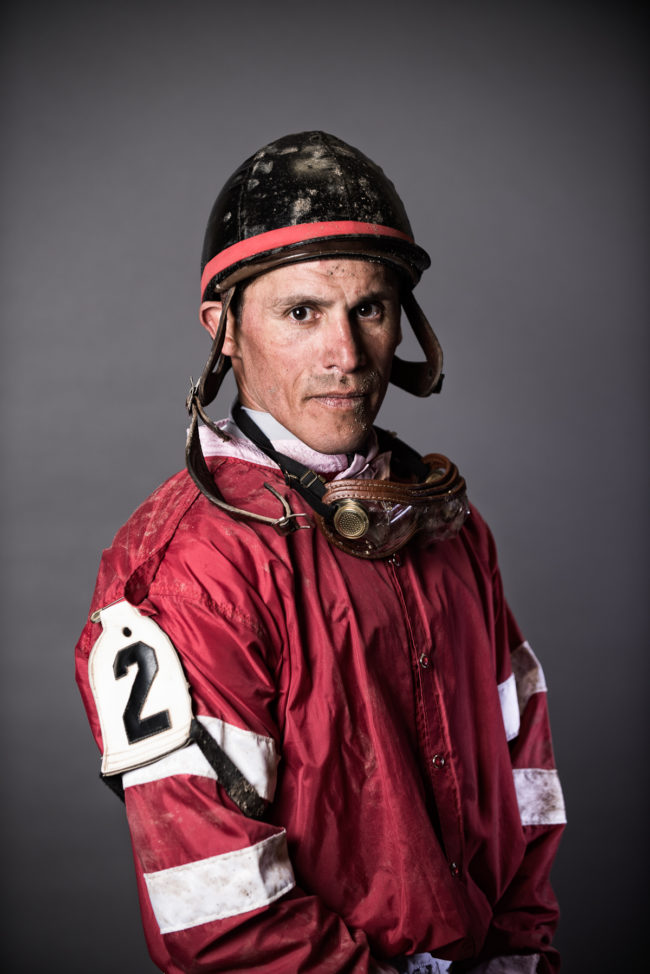

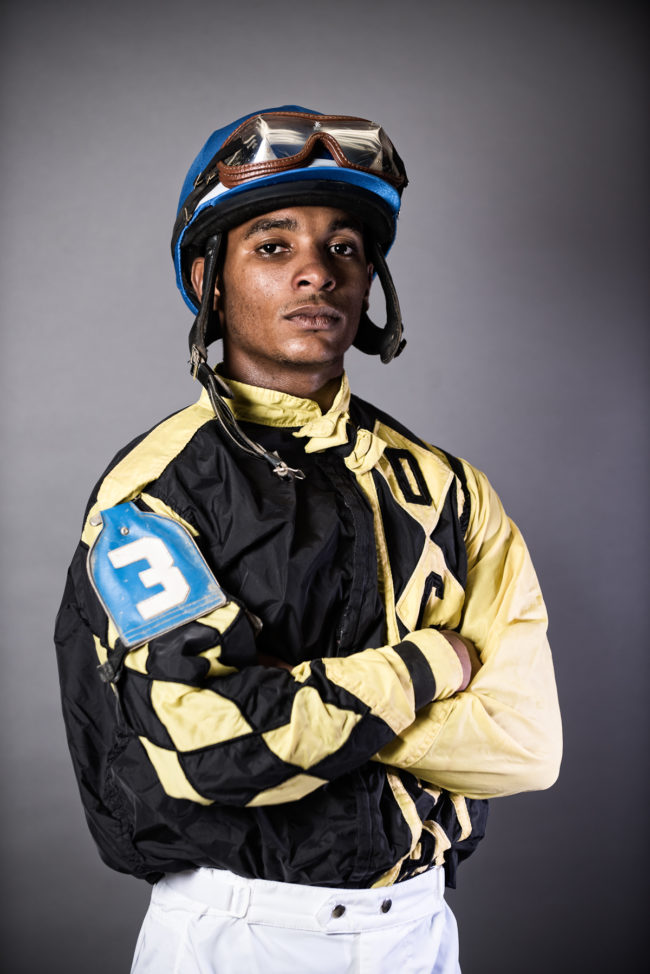 –
–